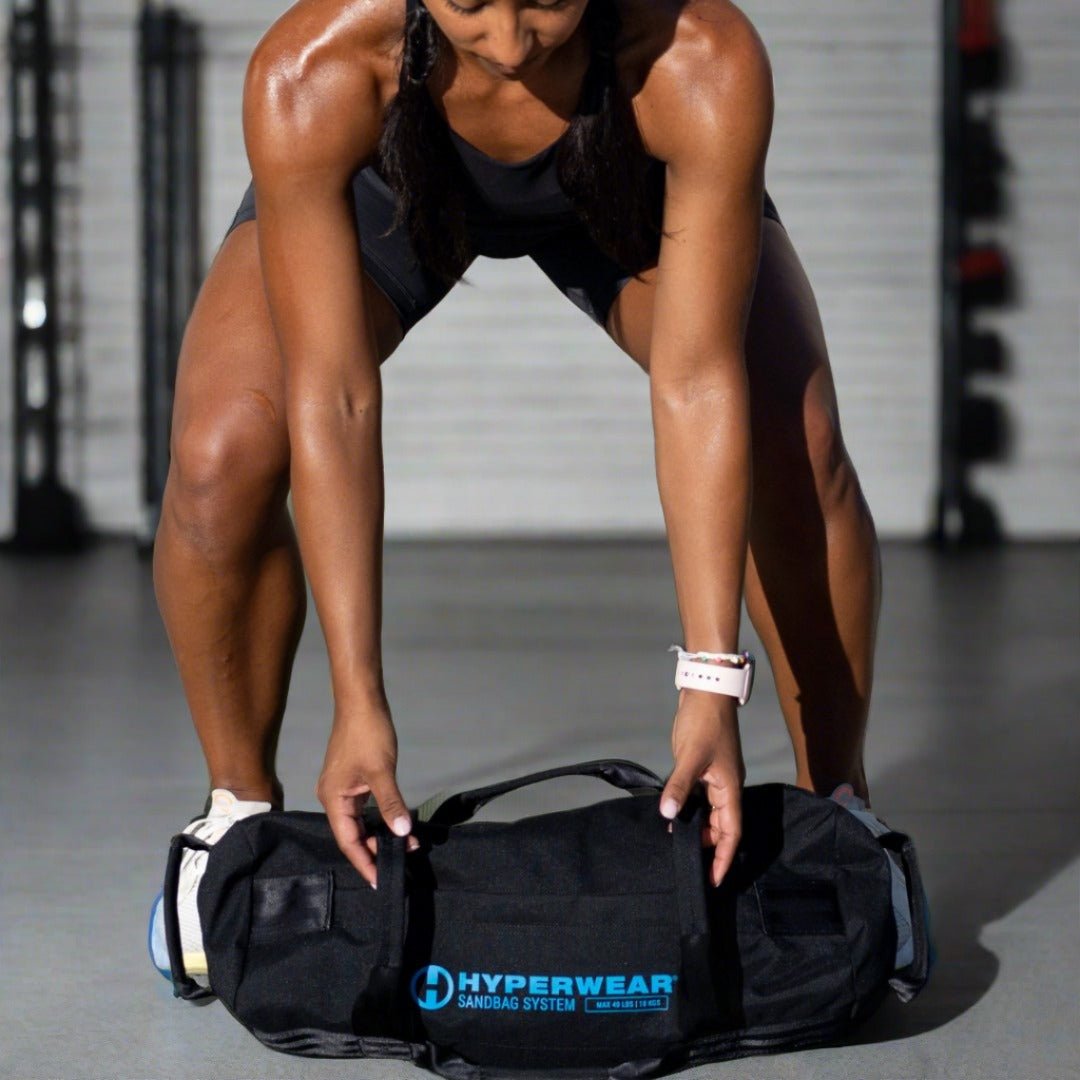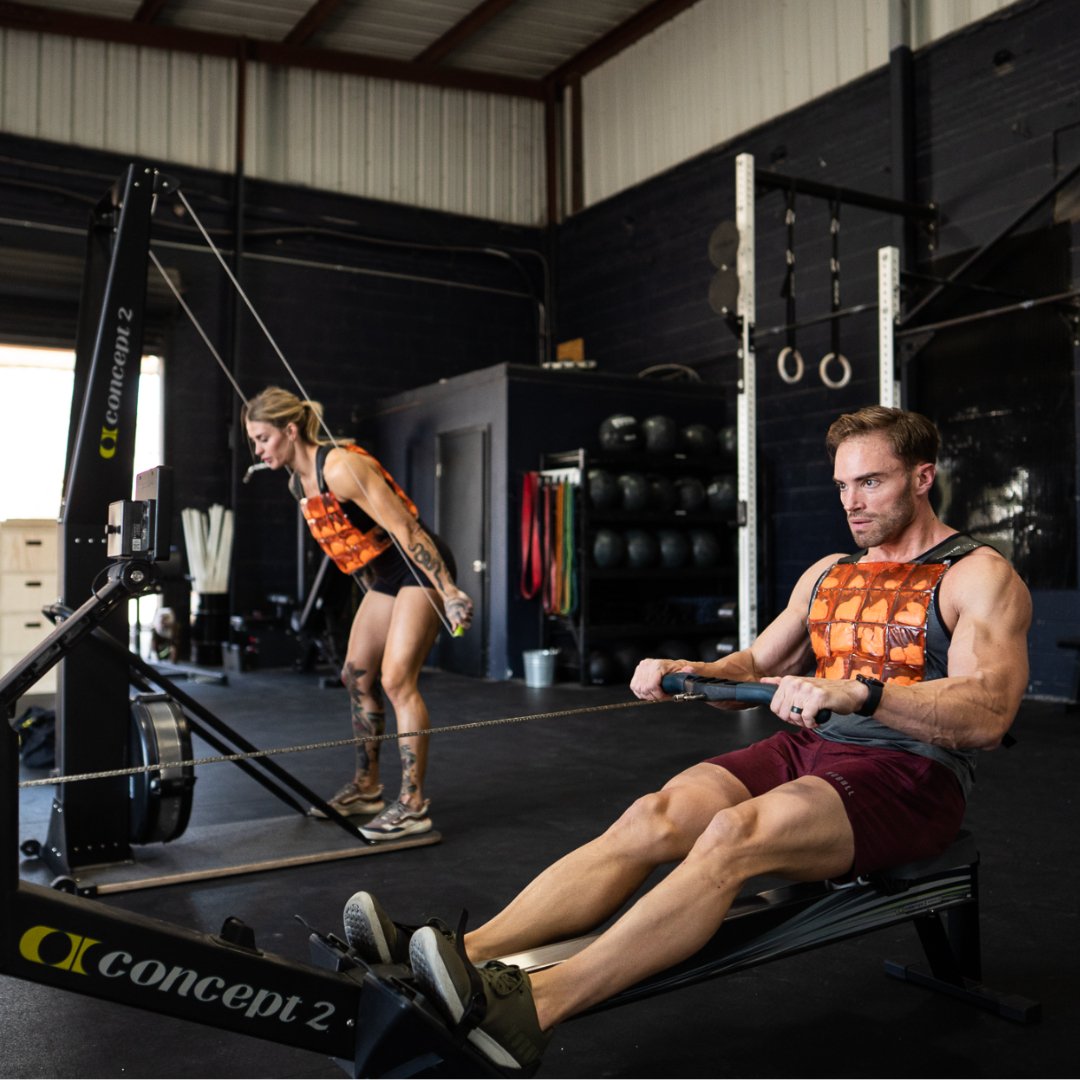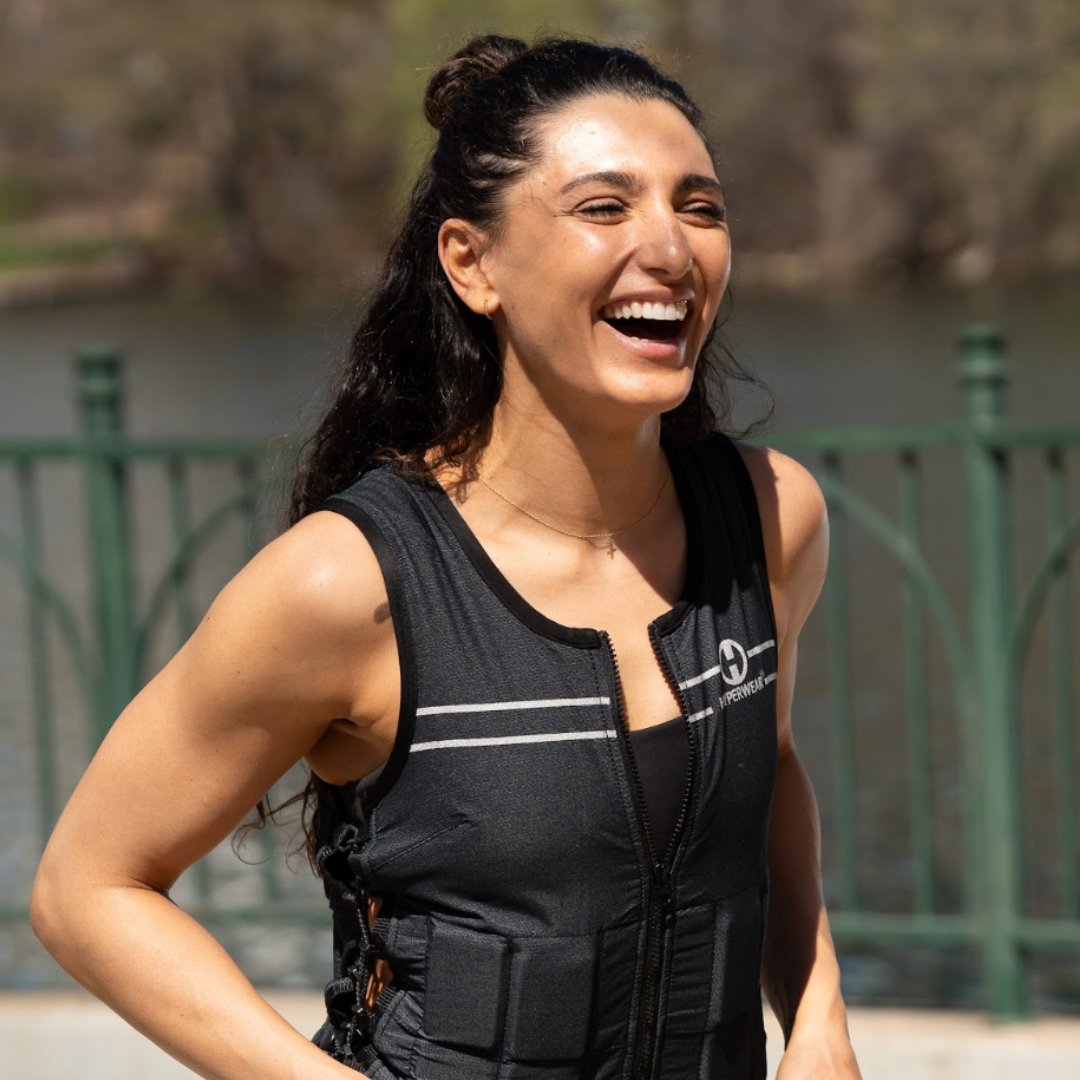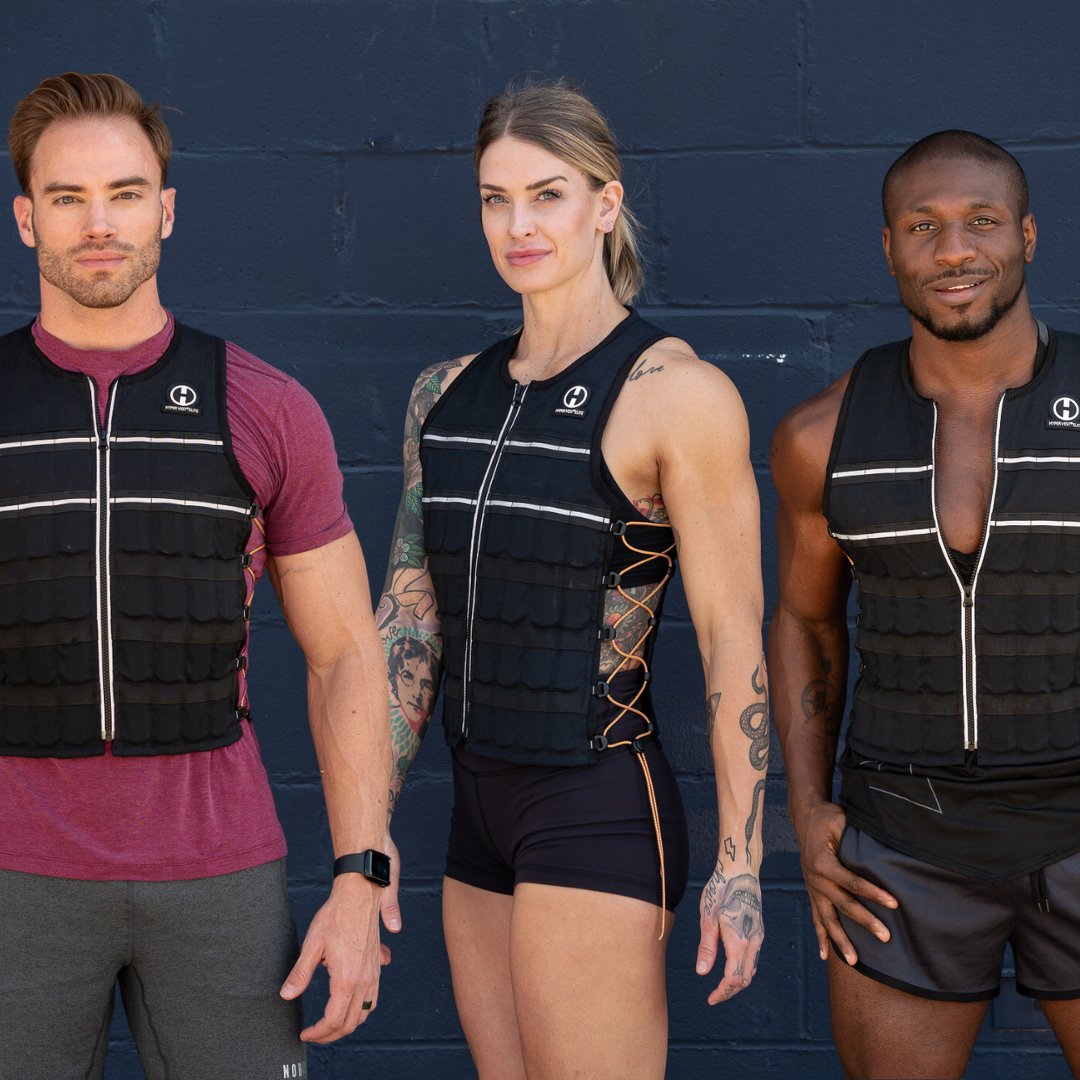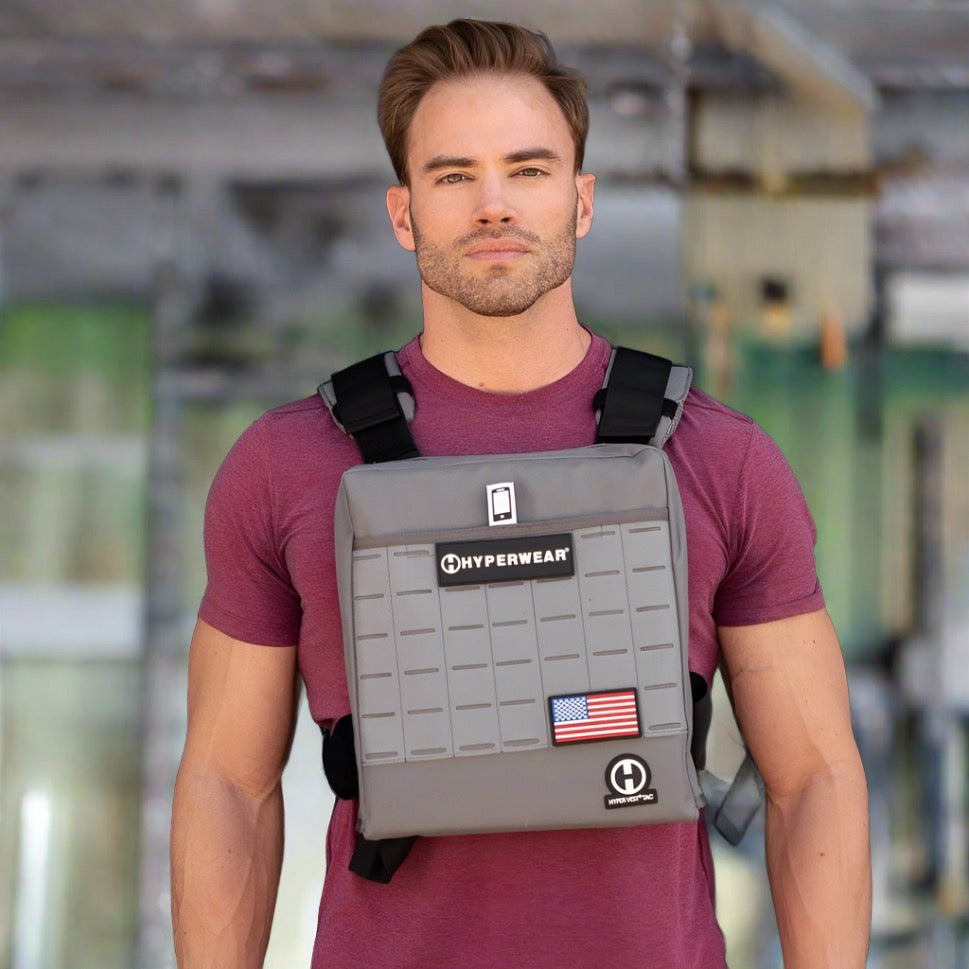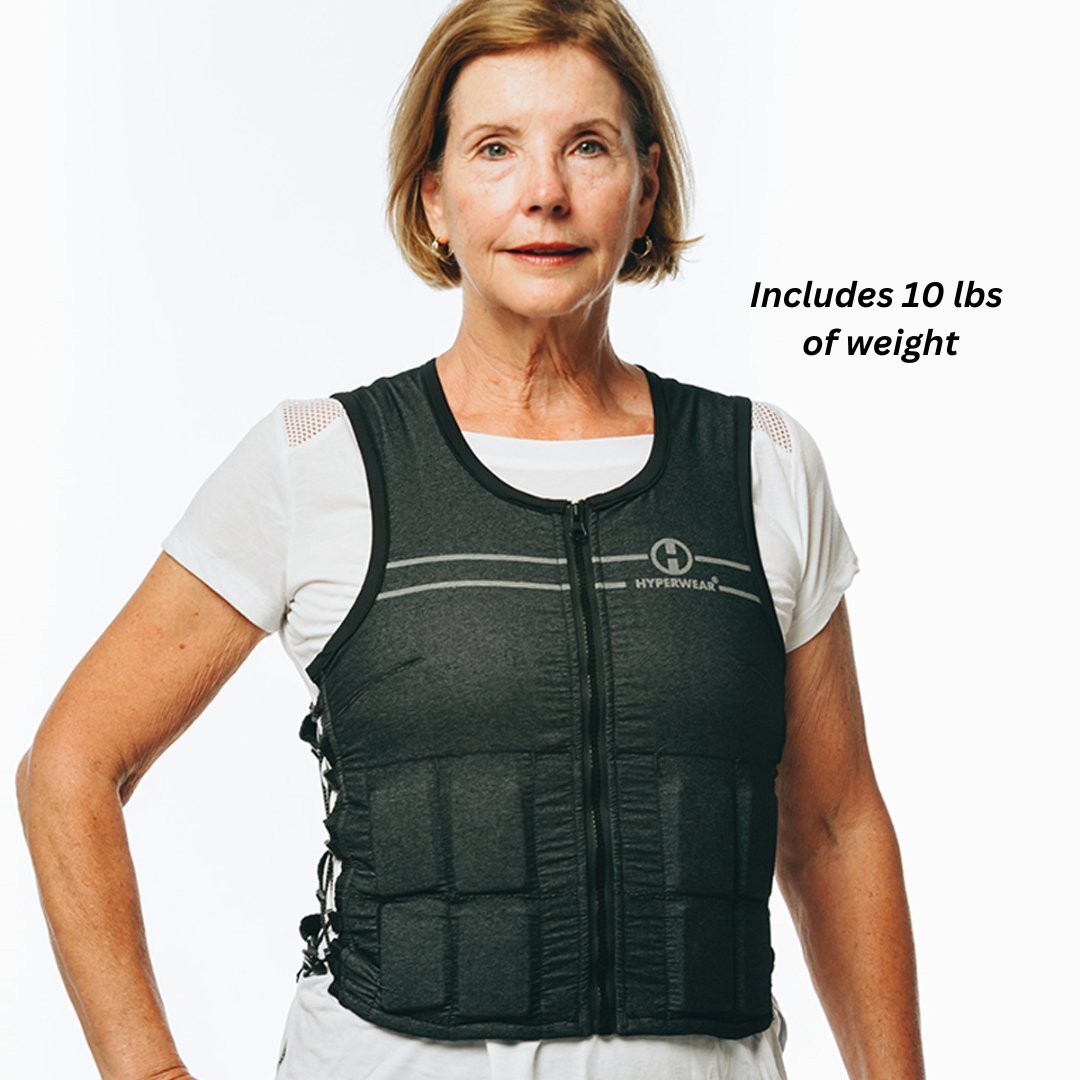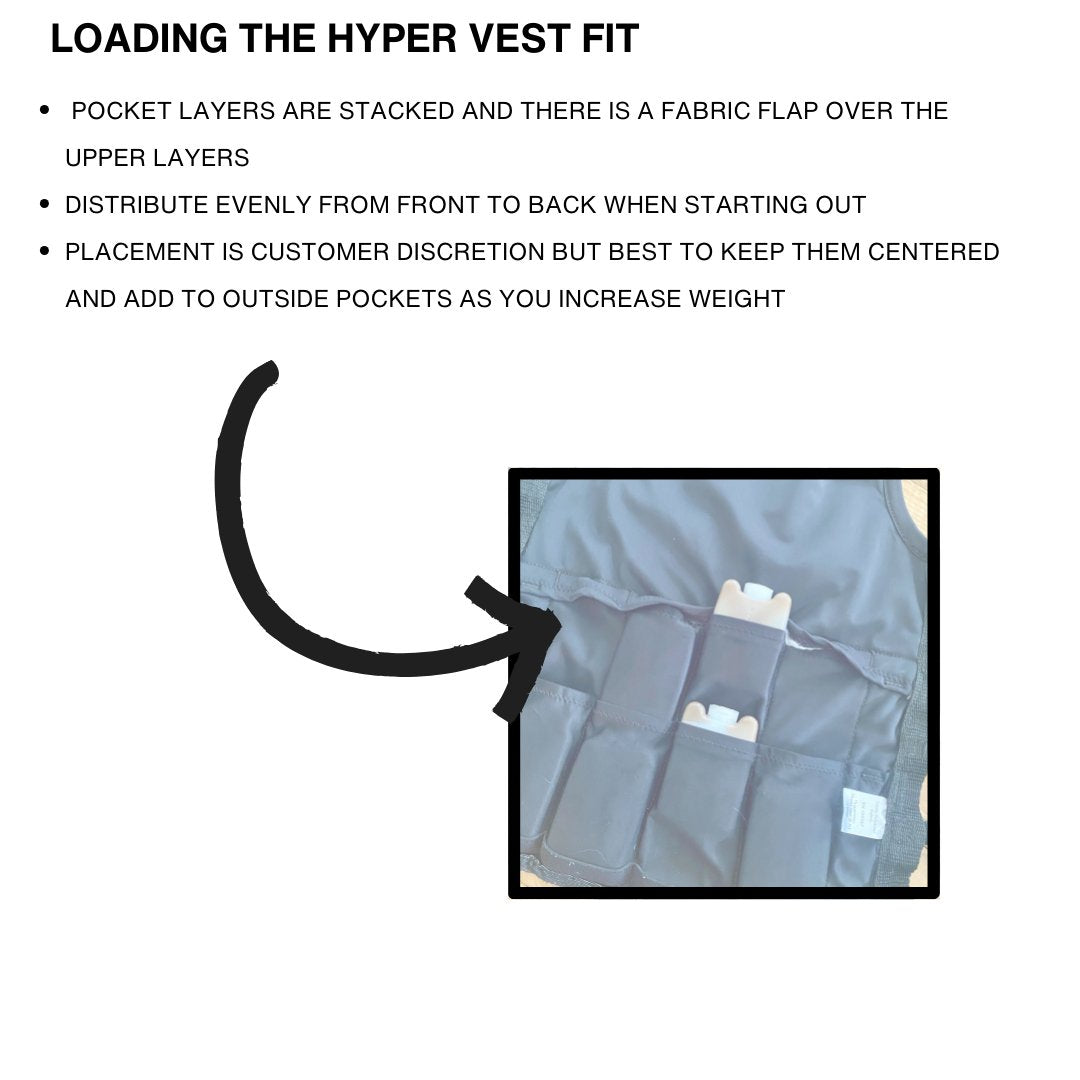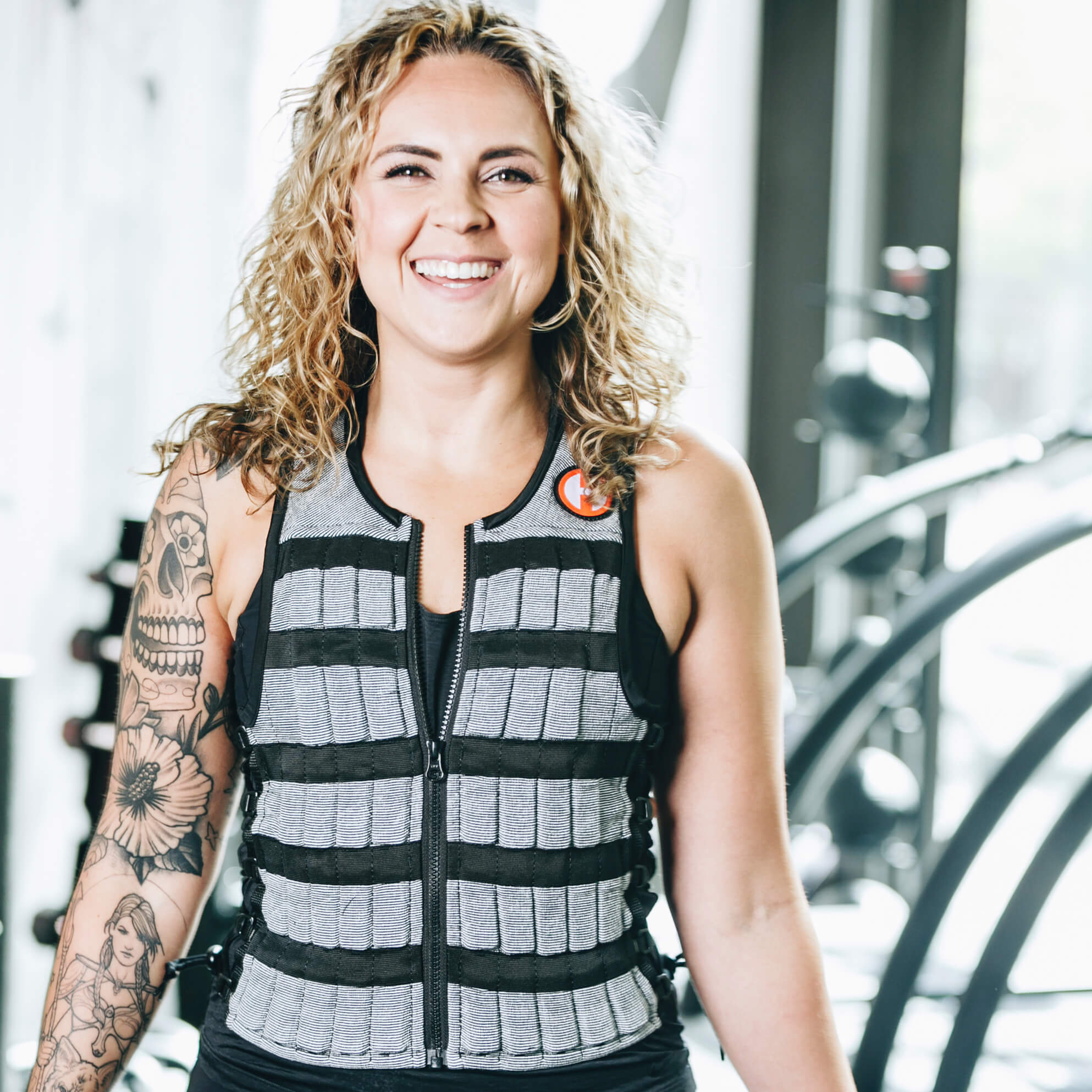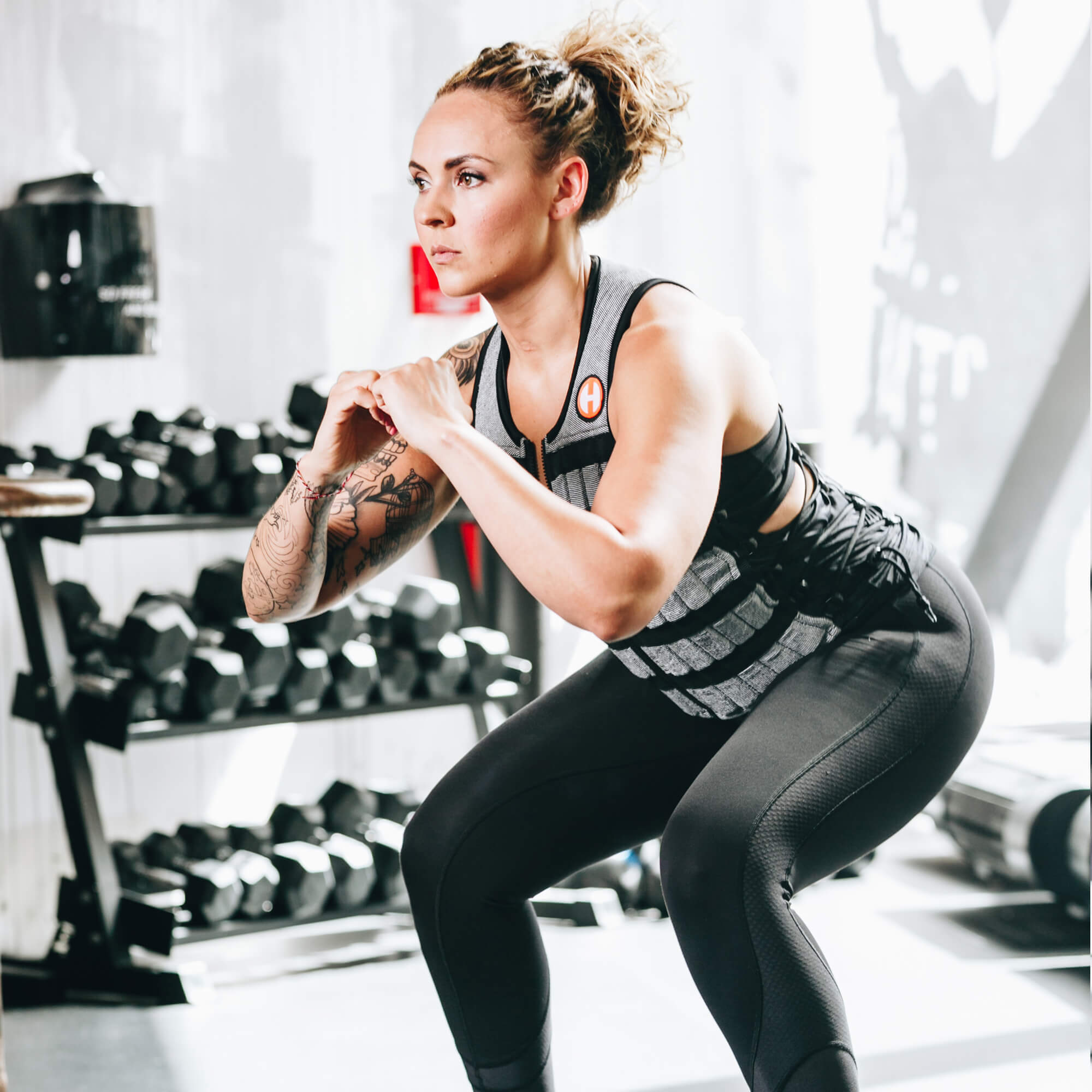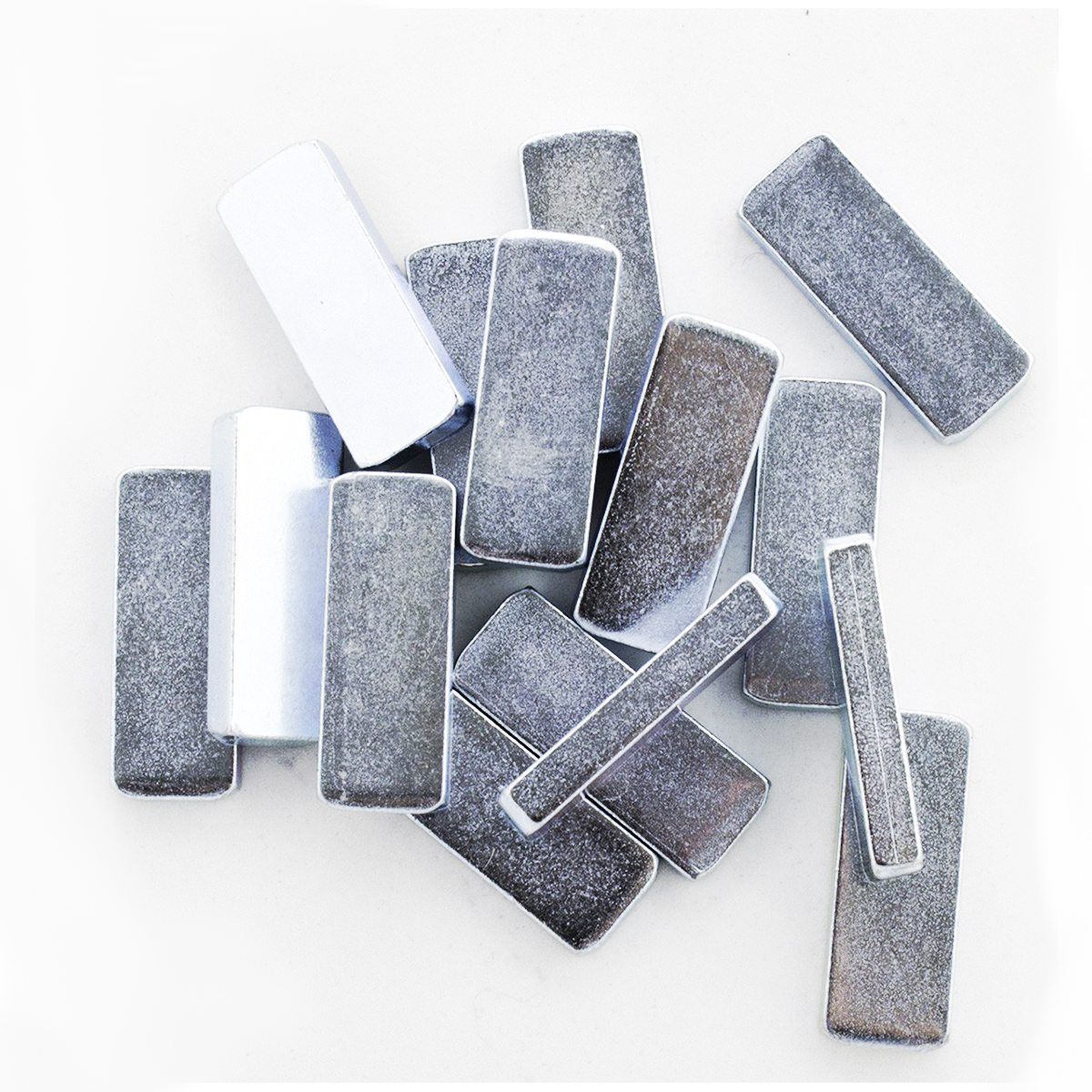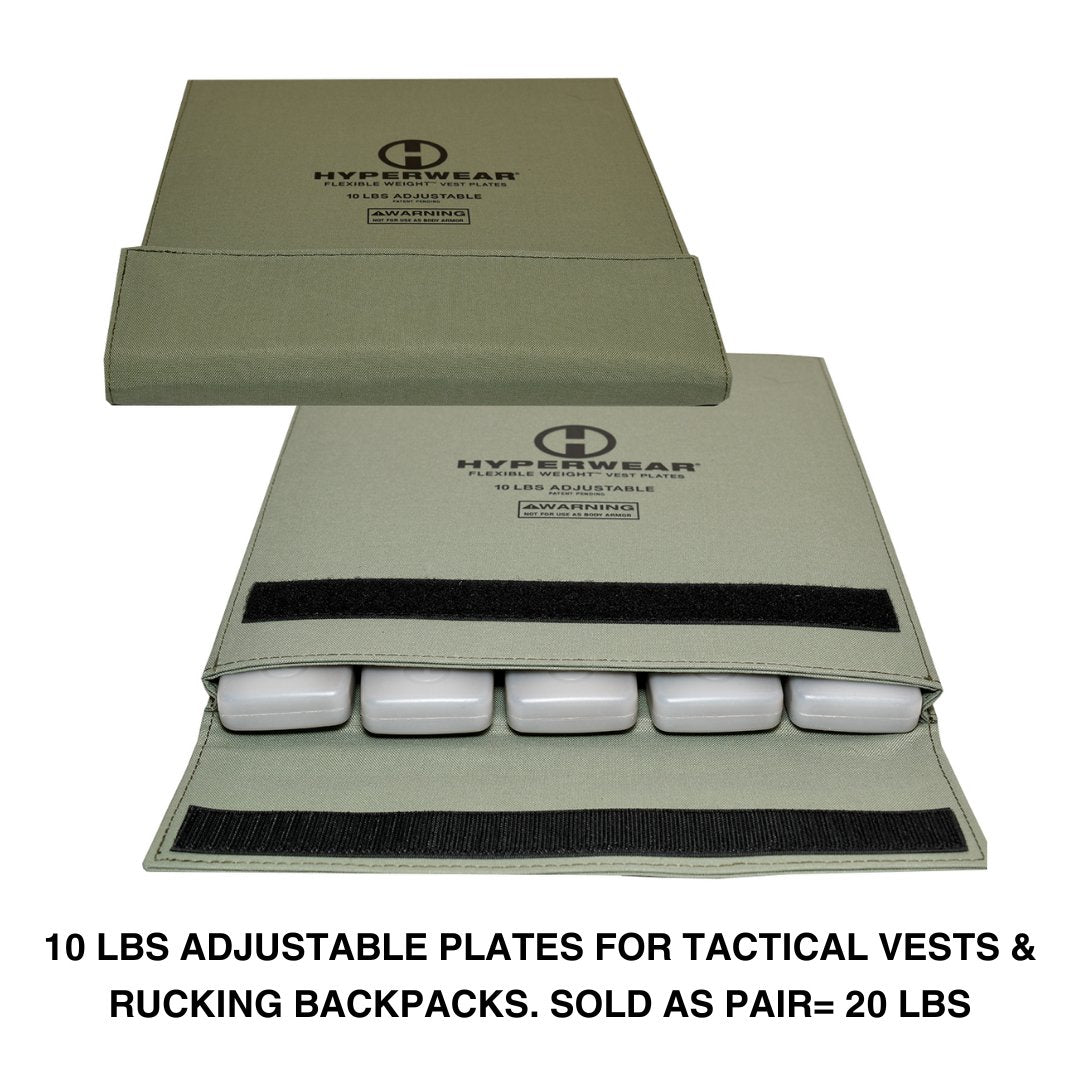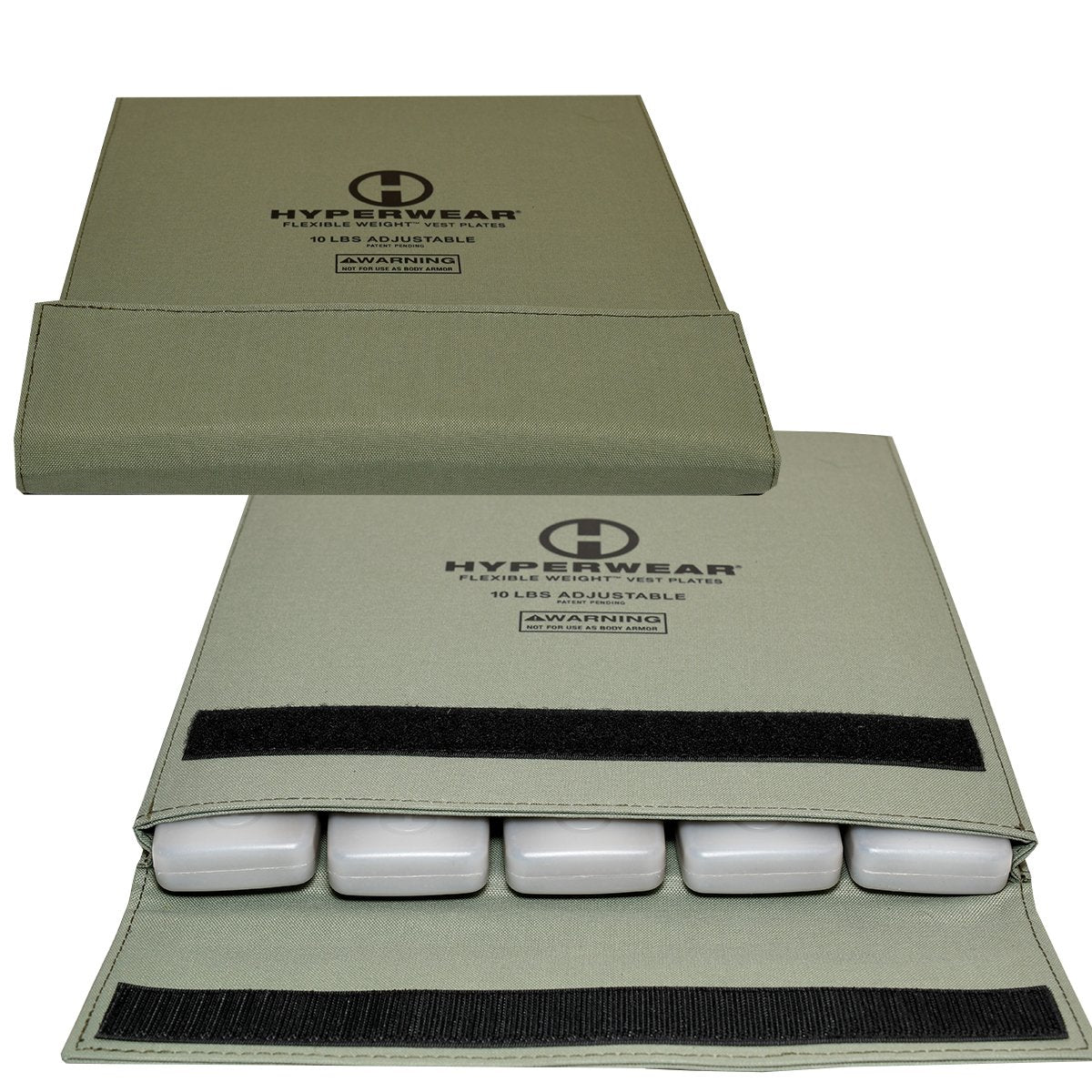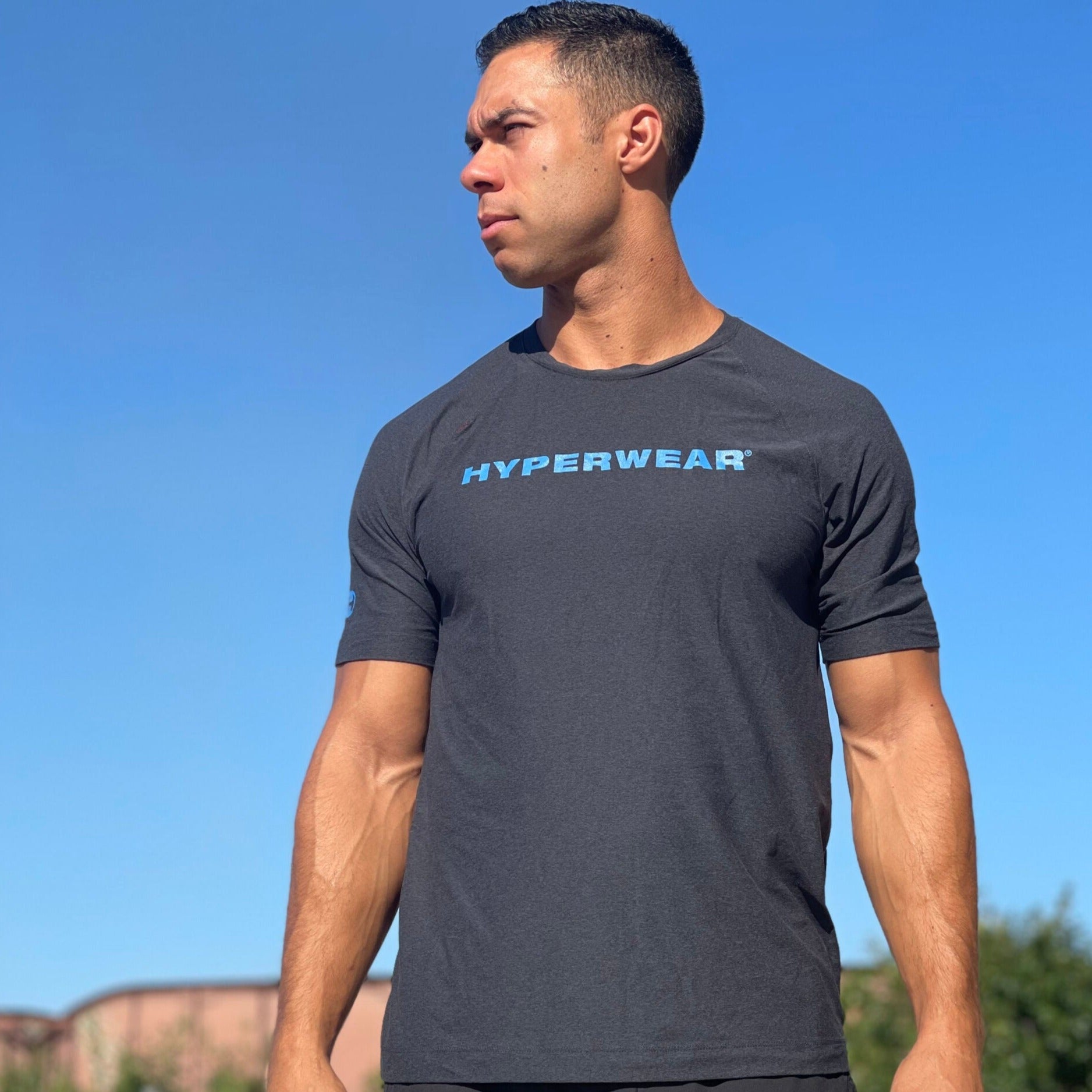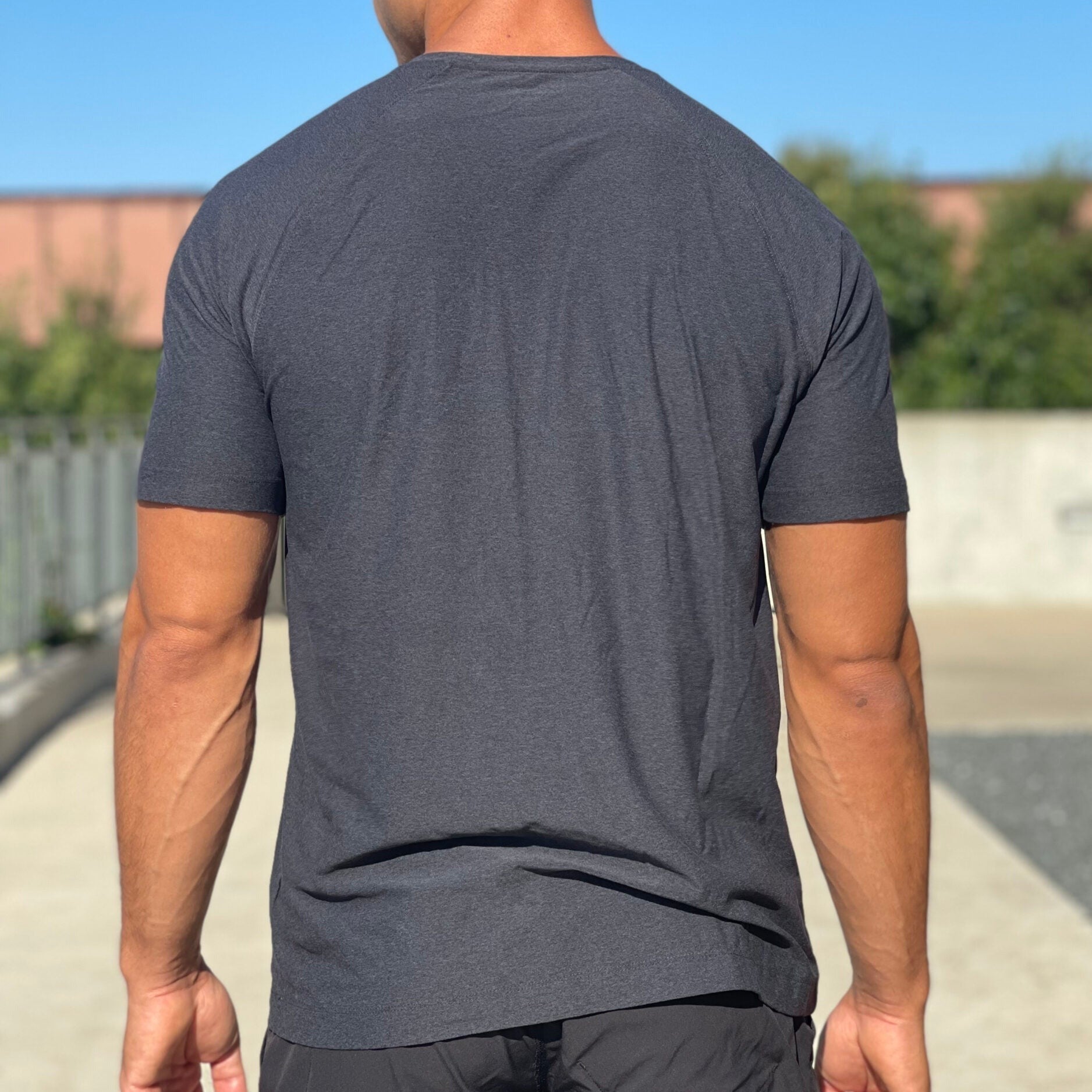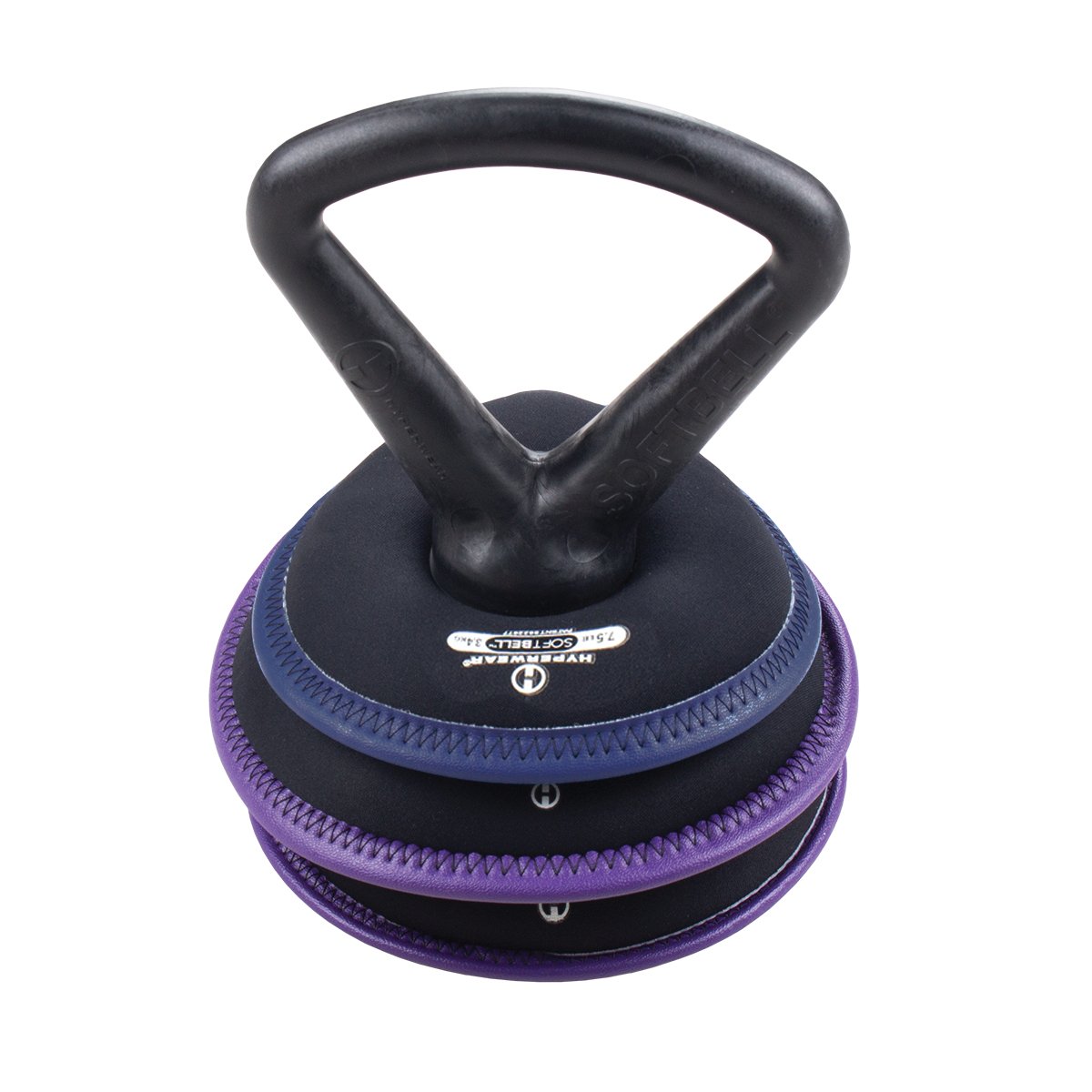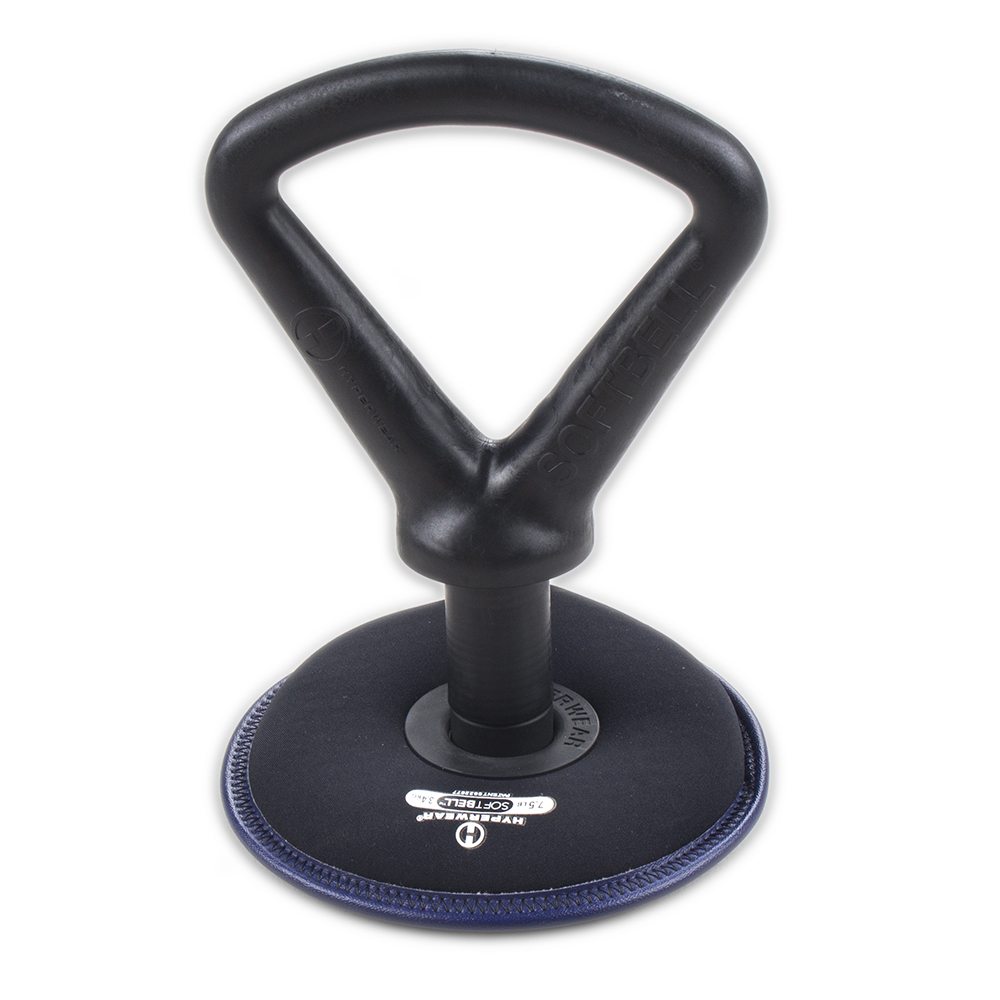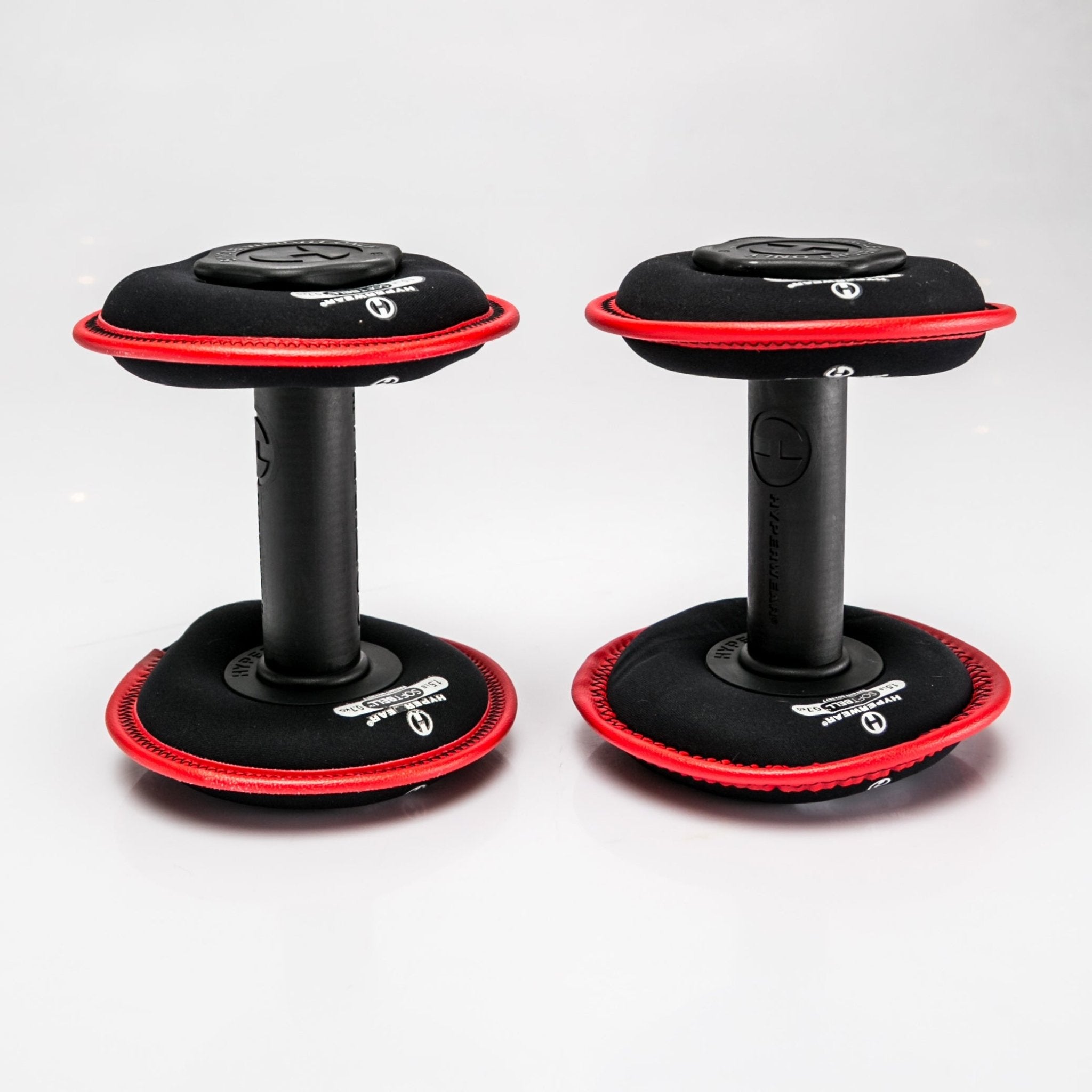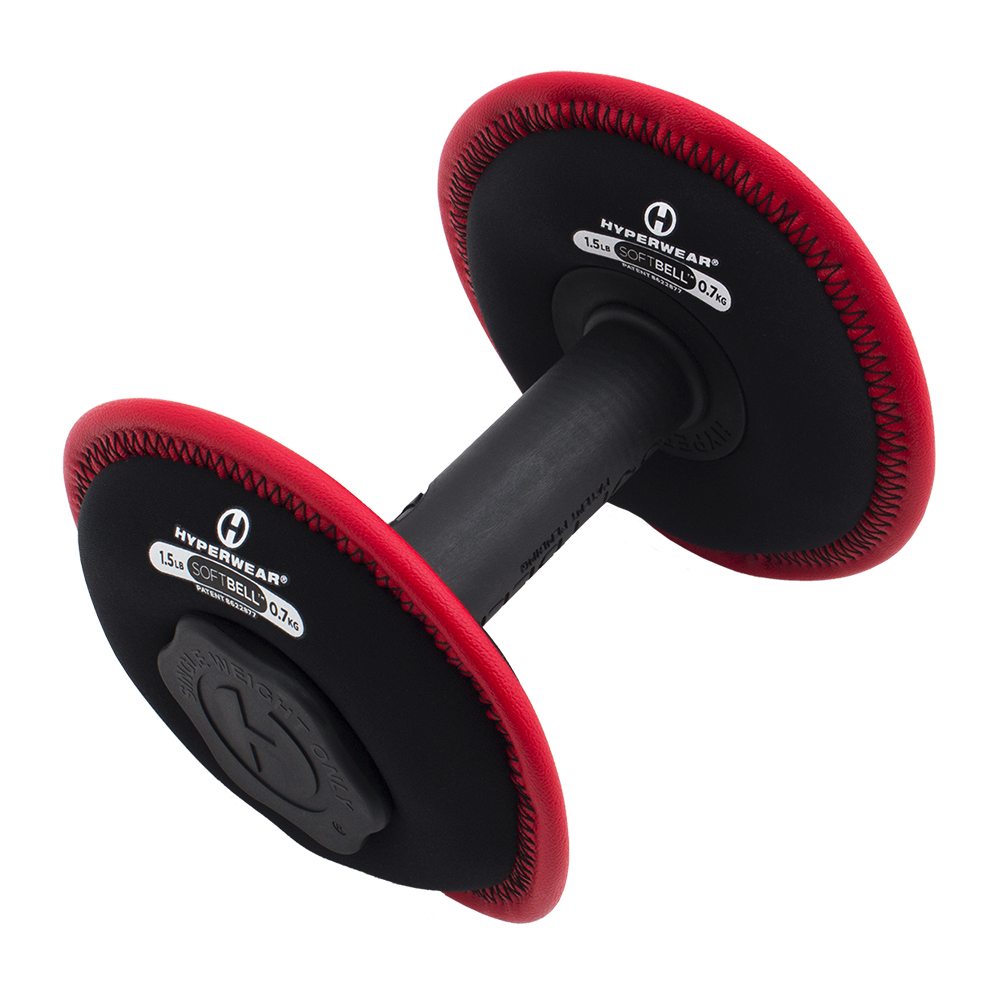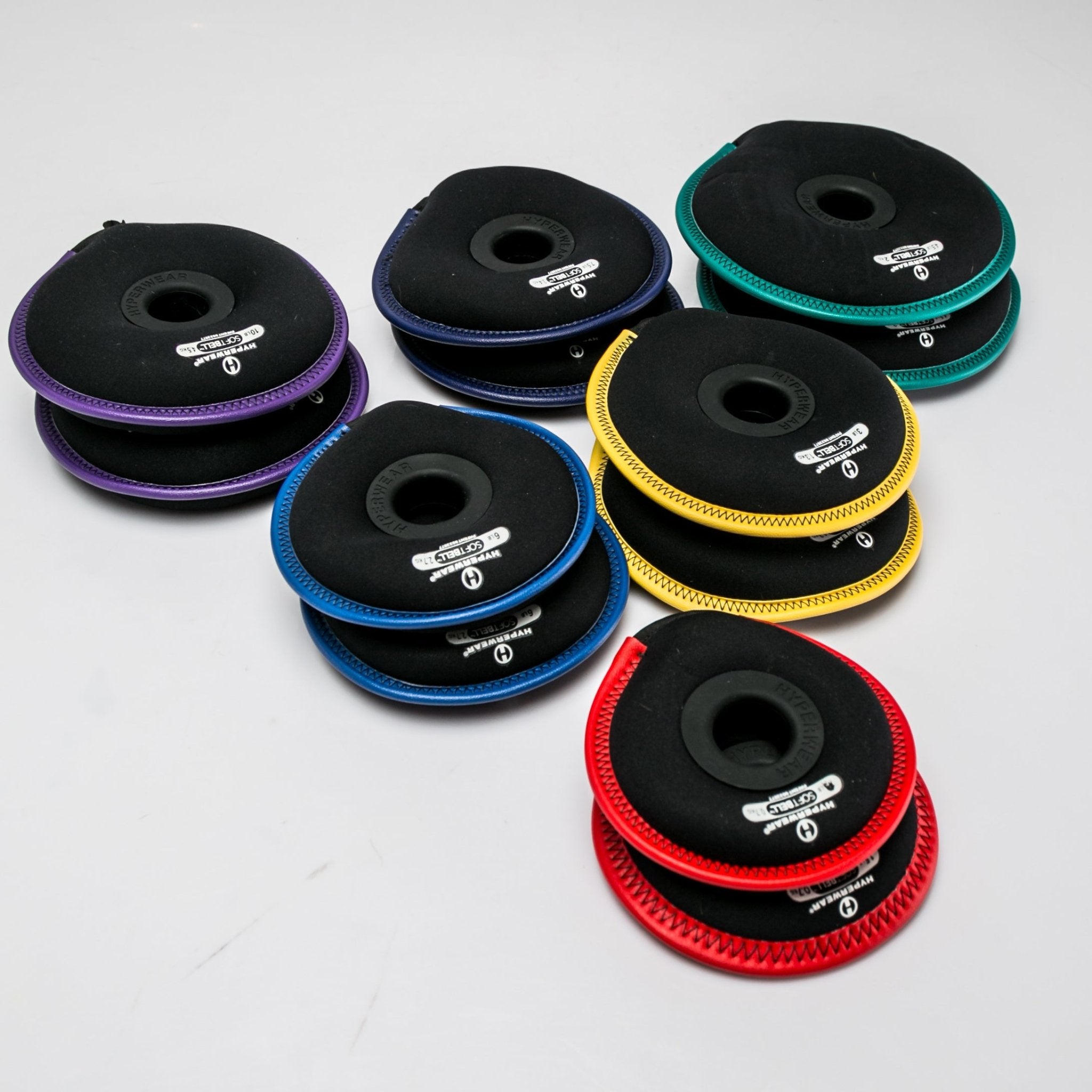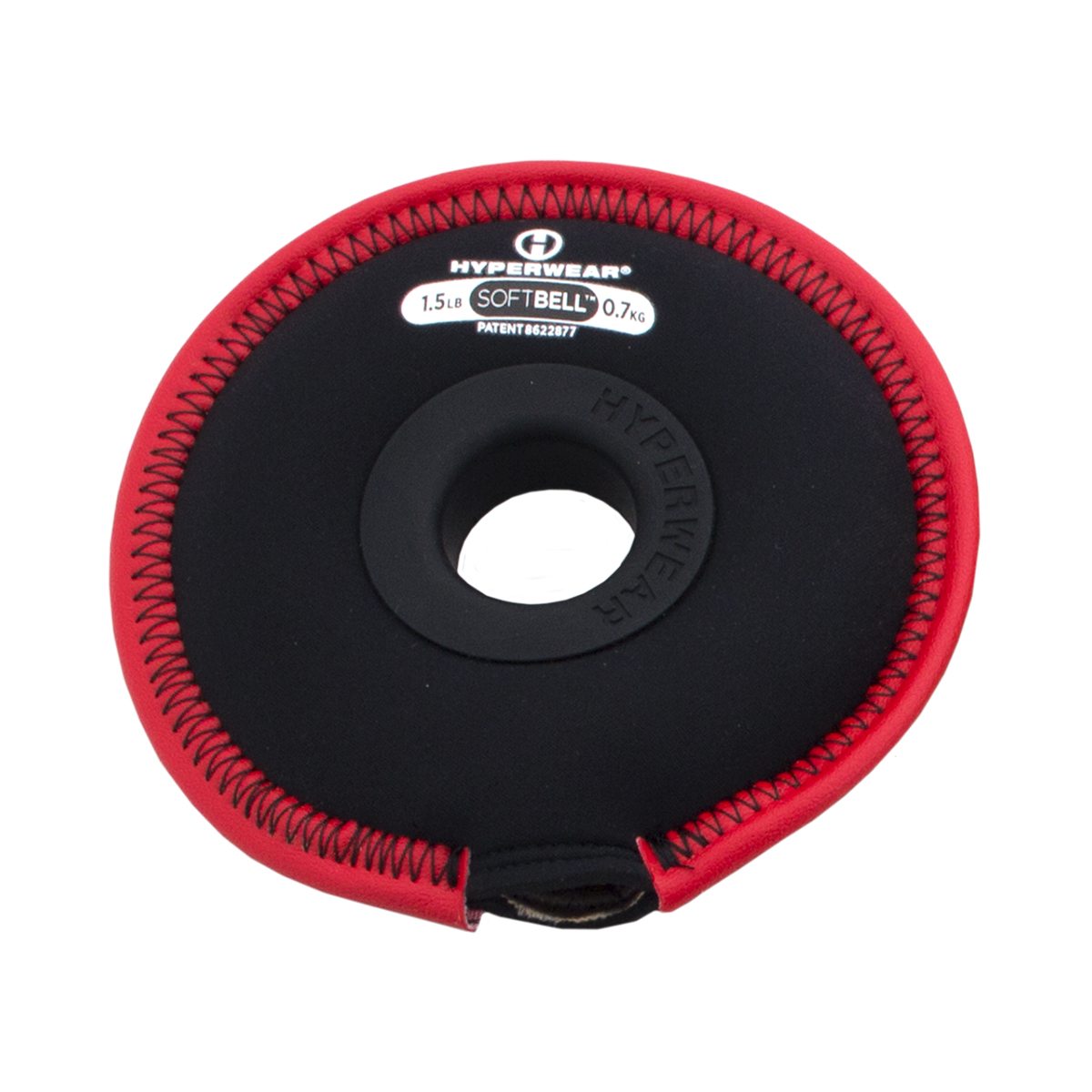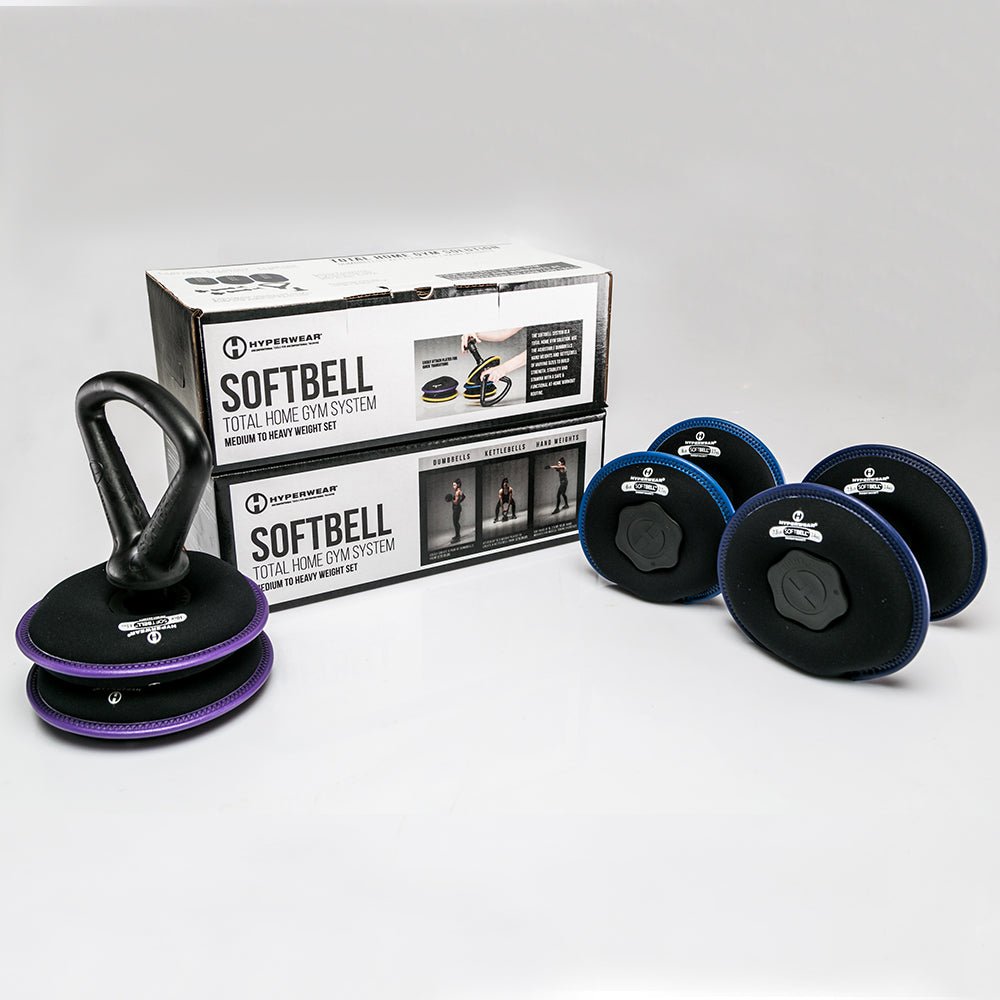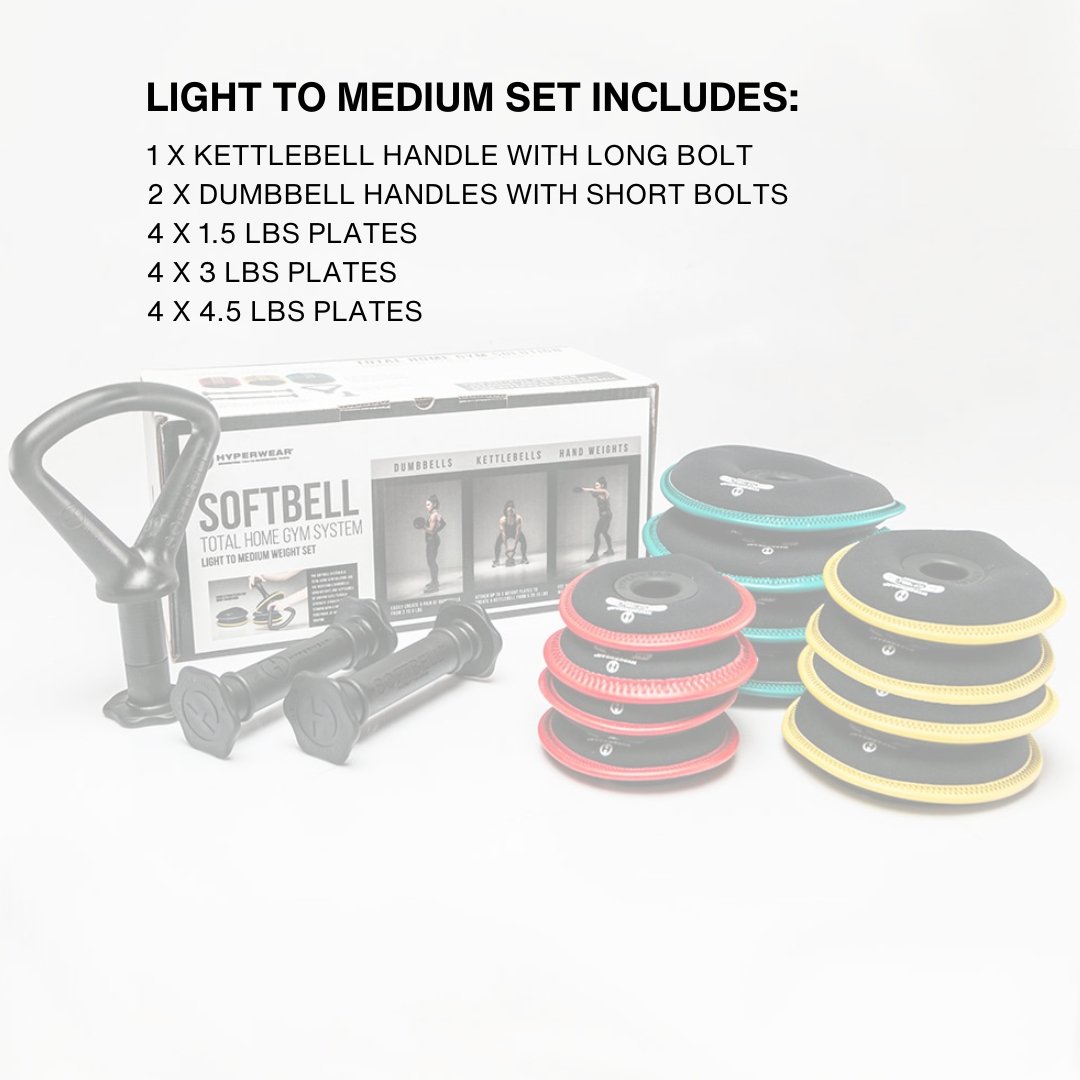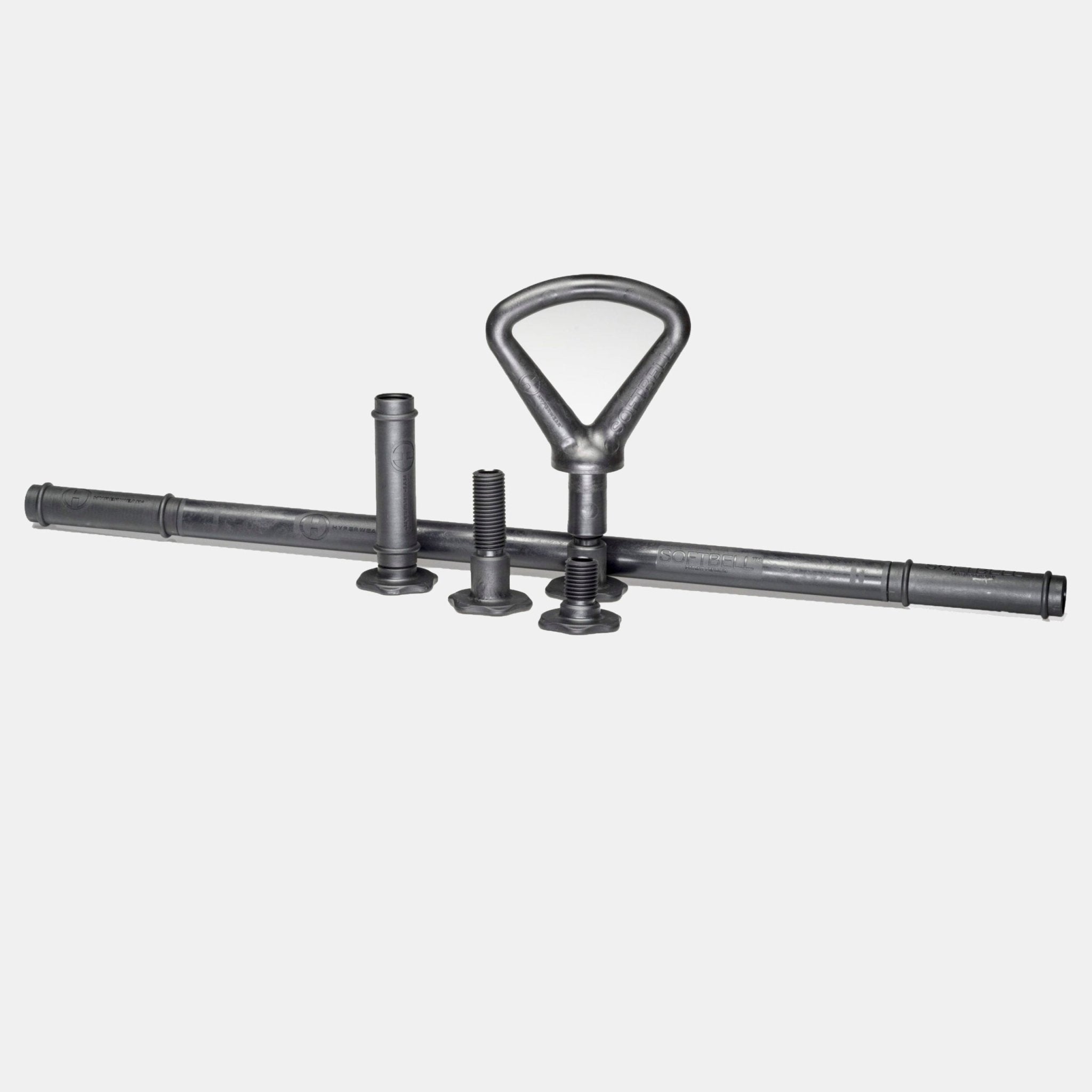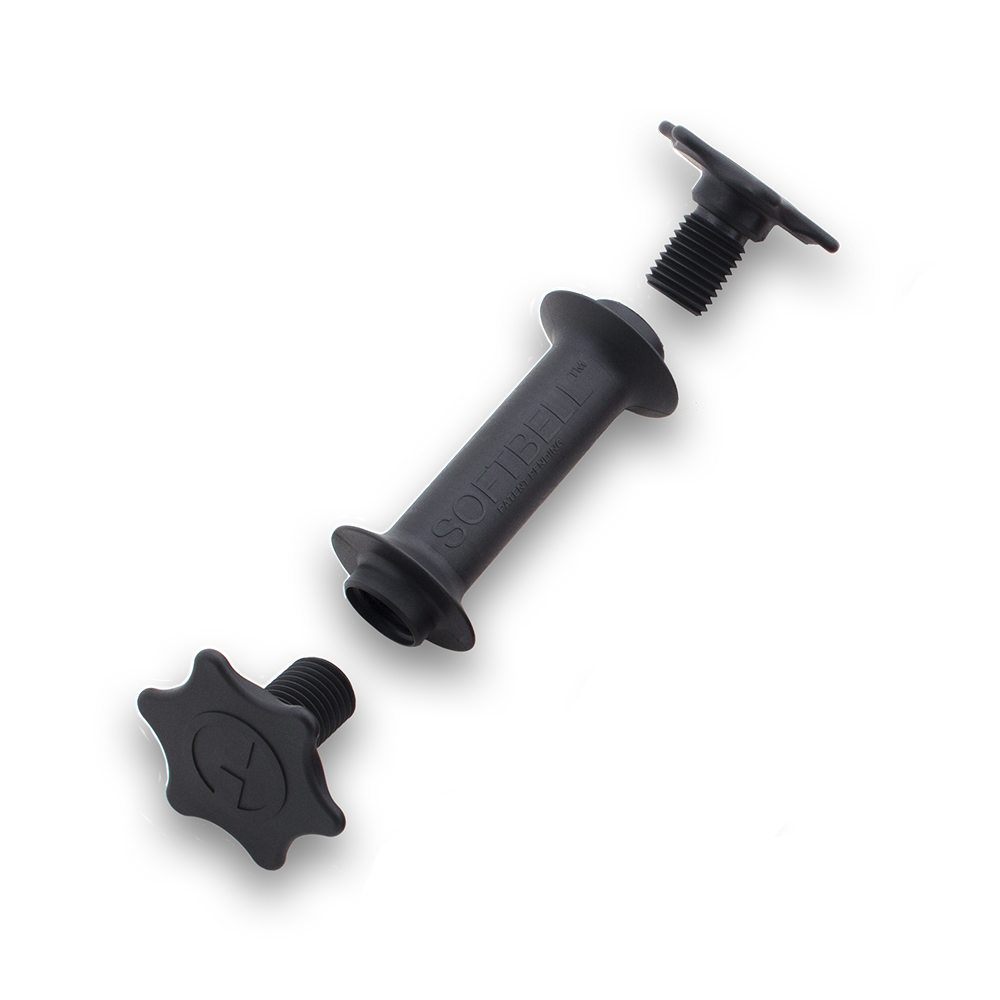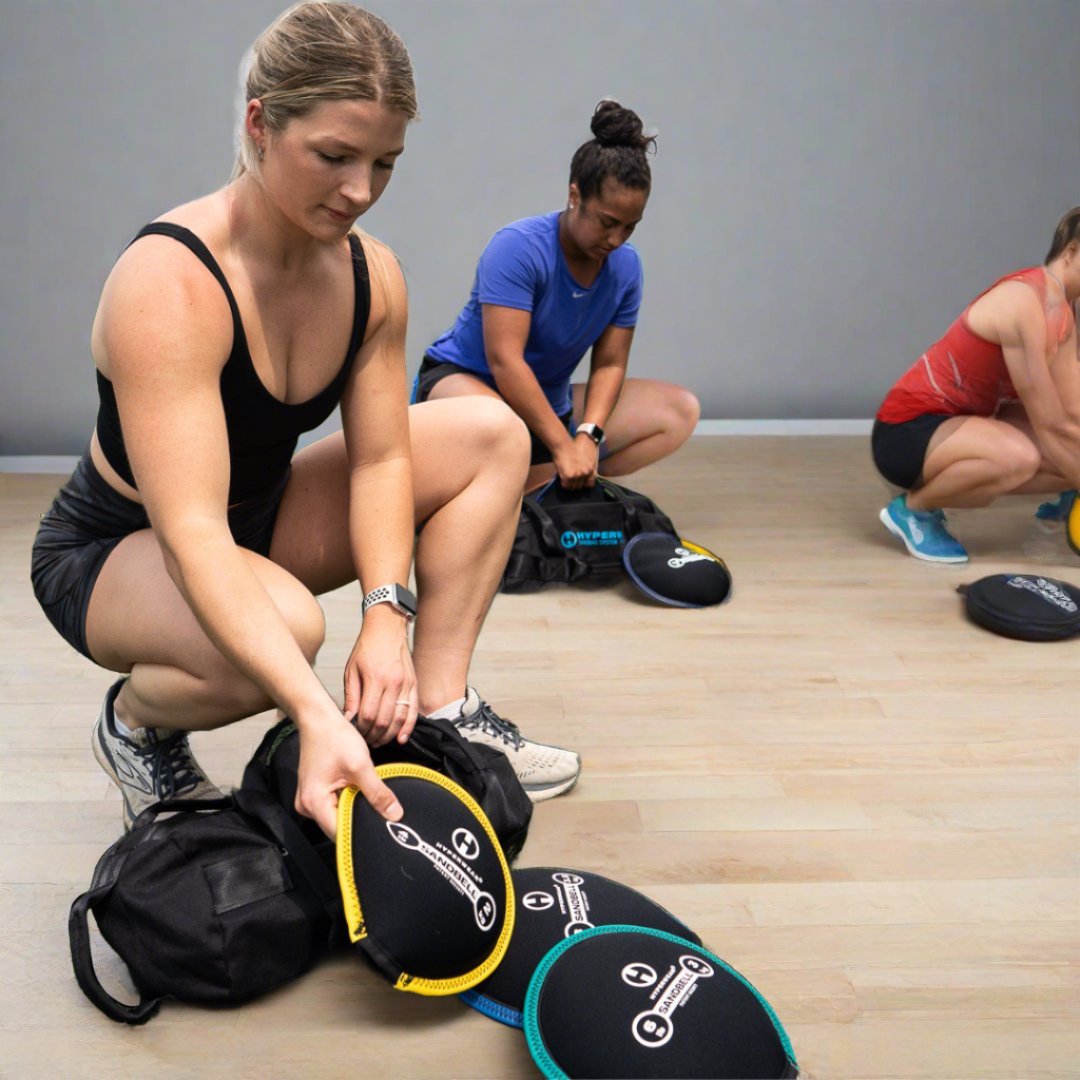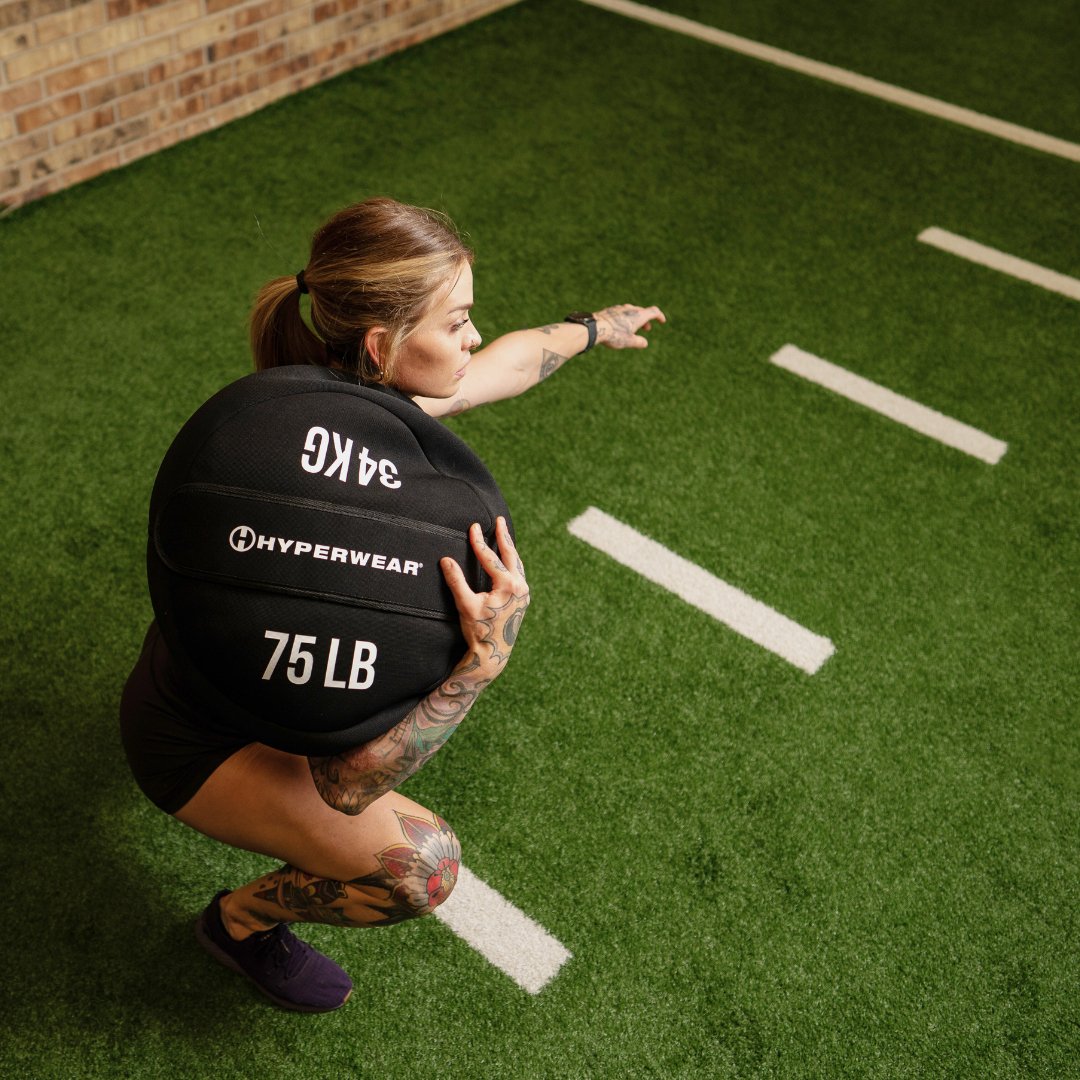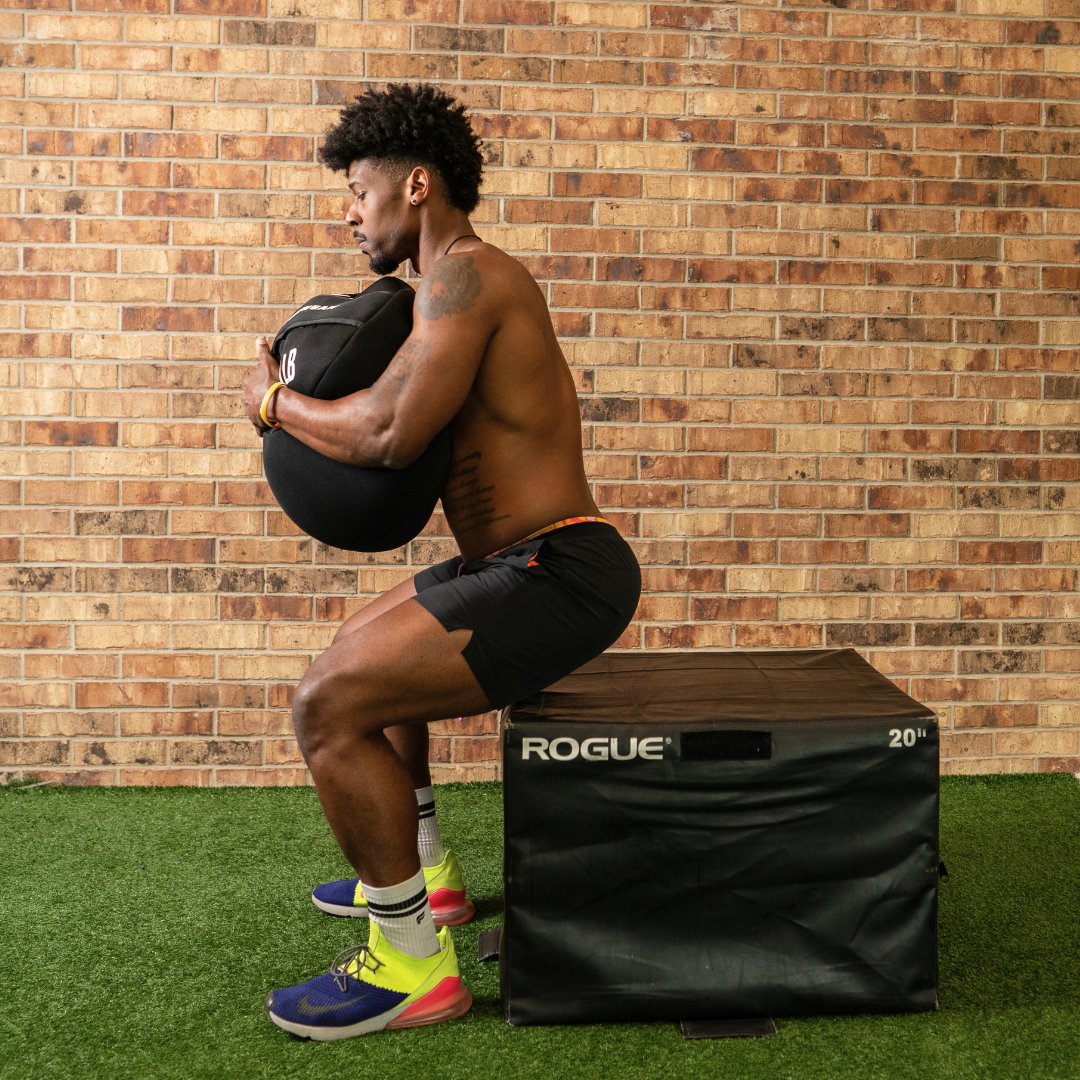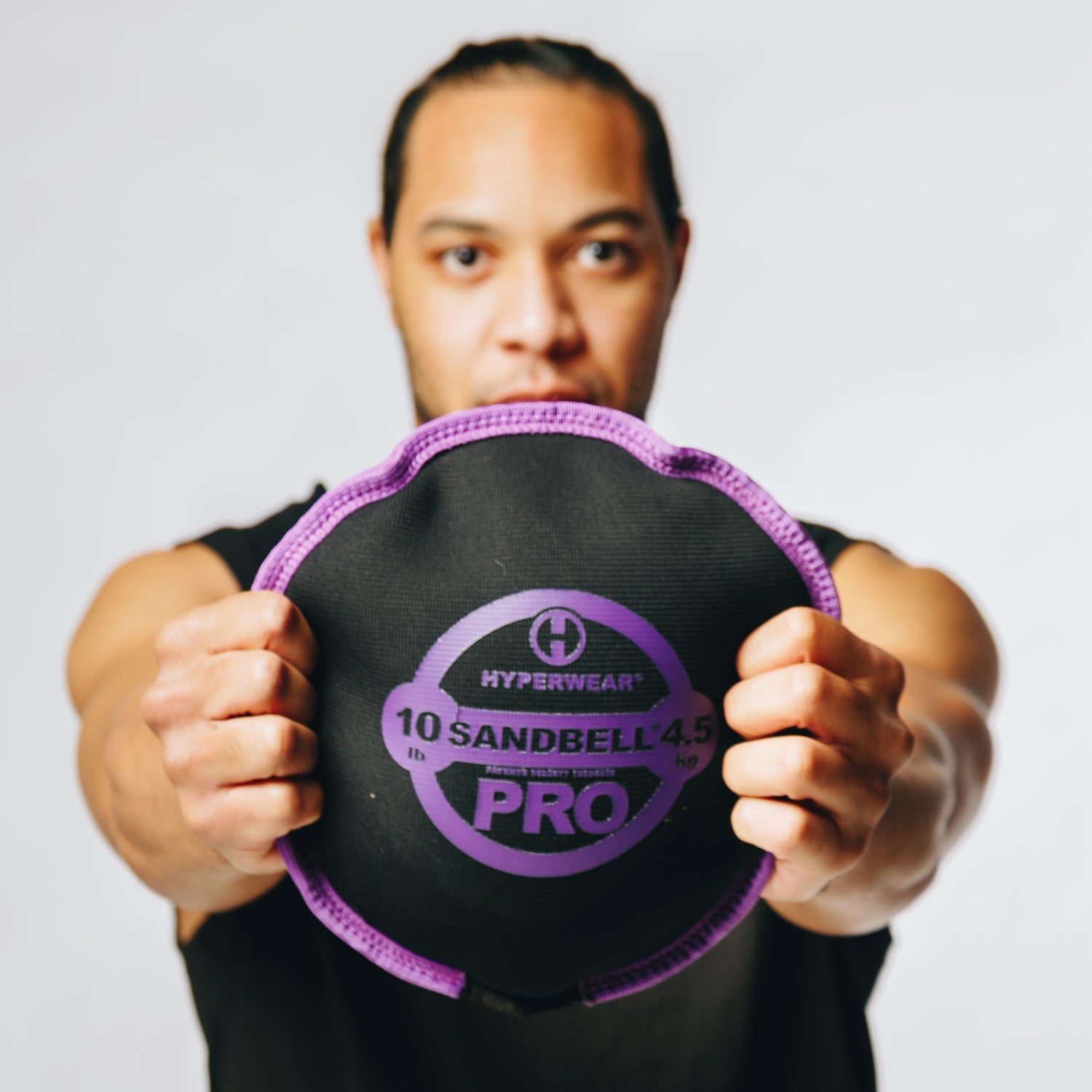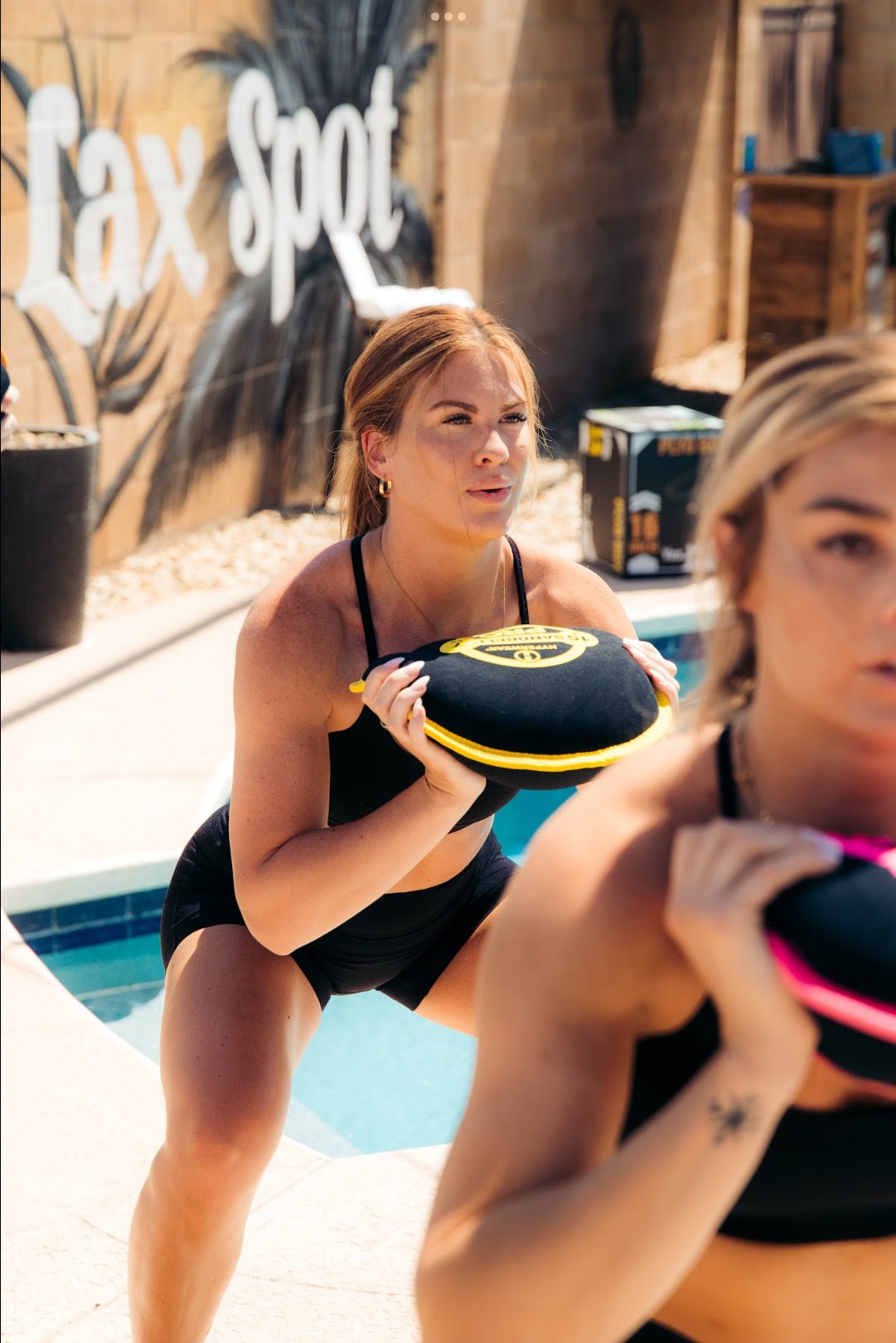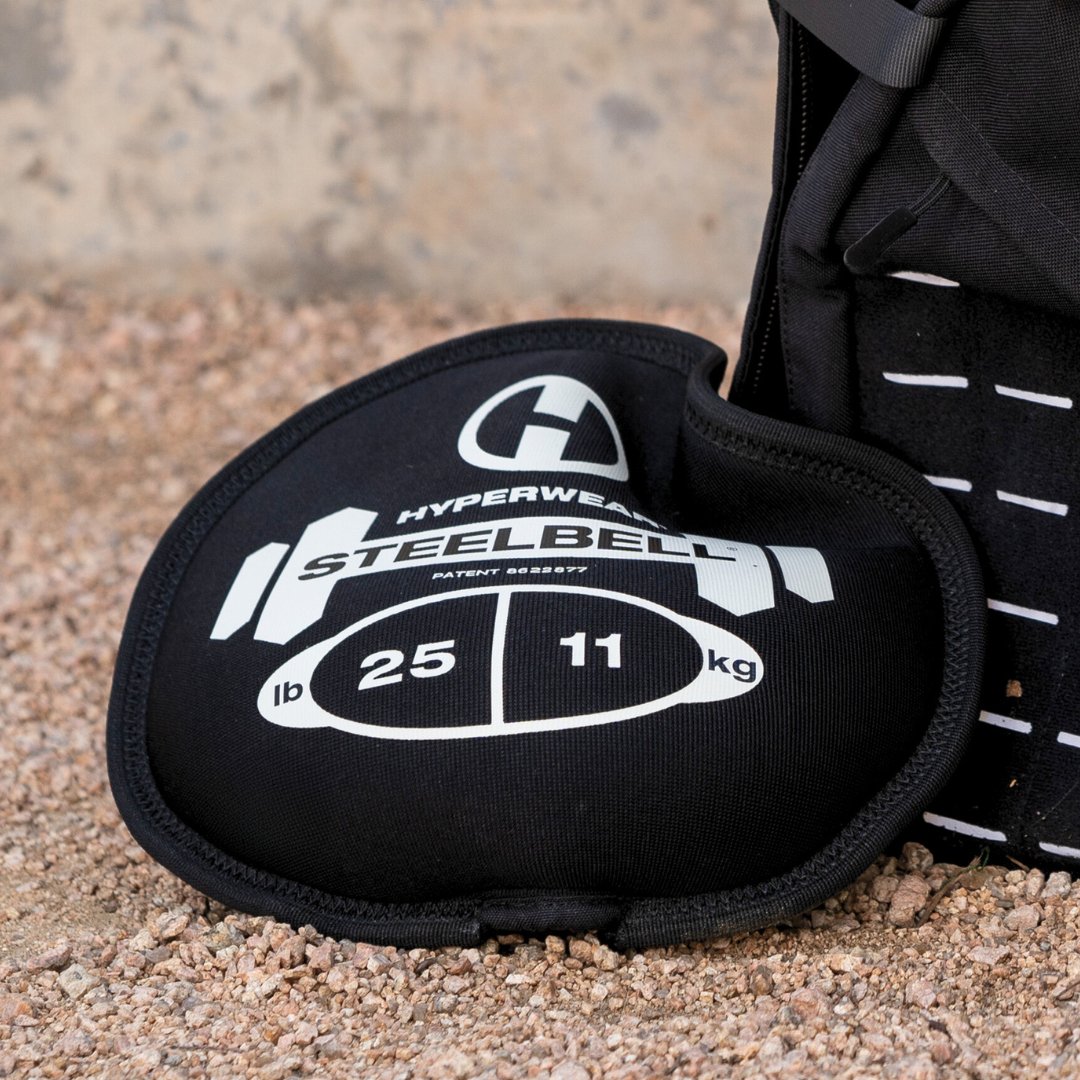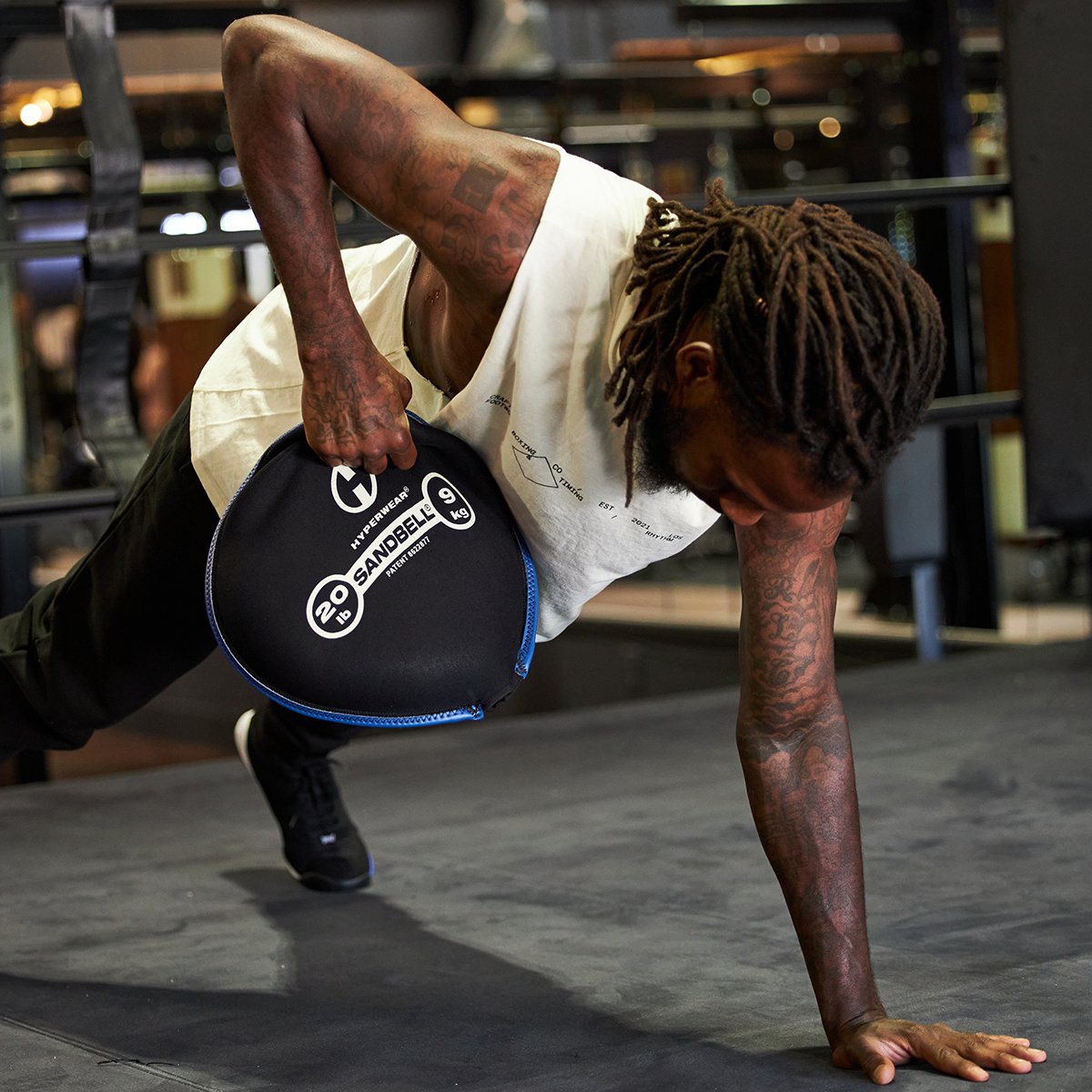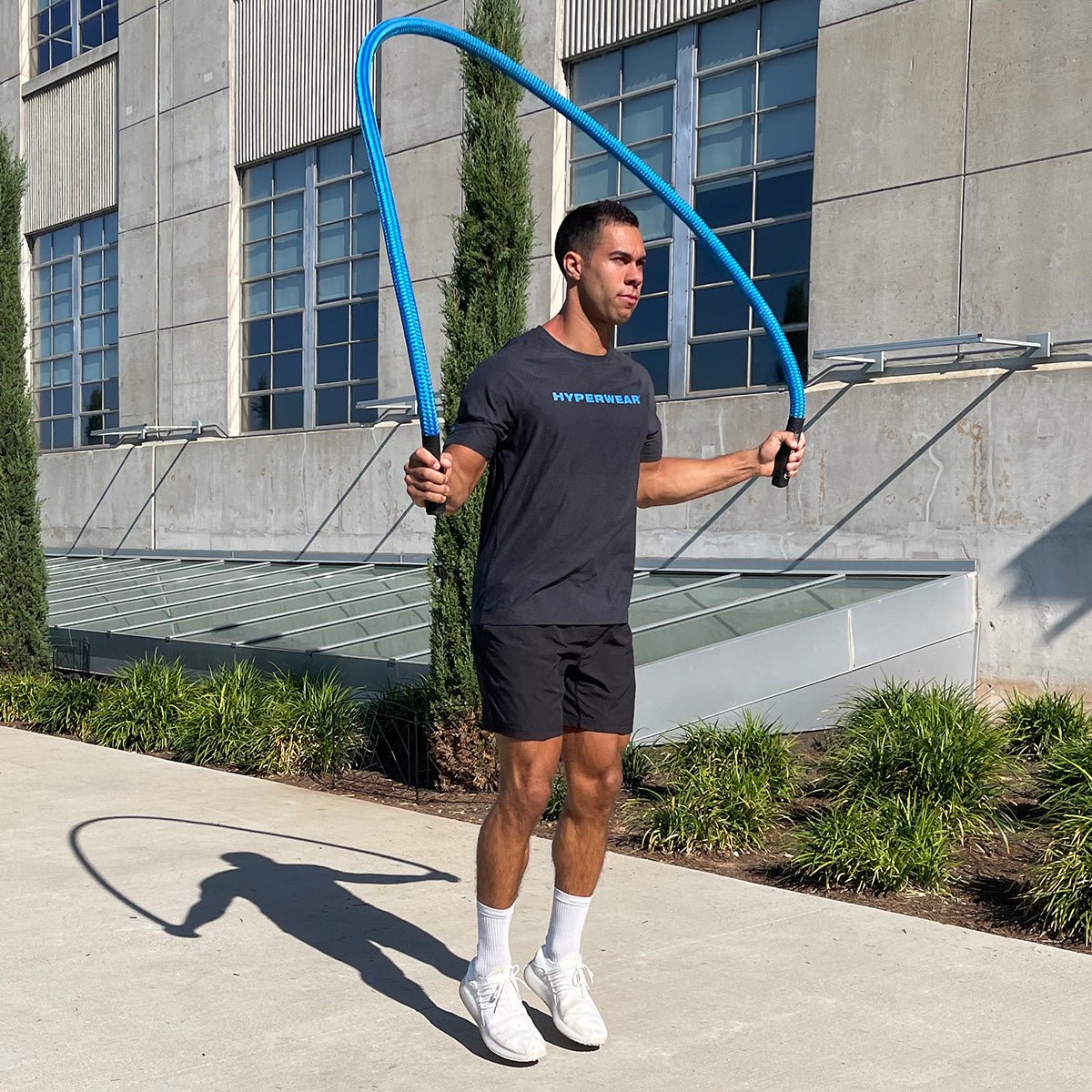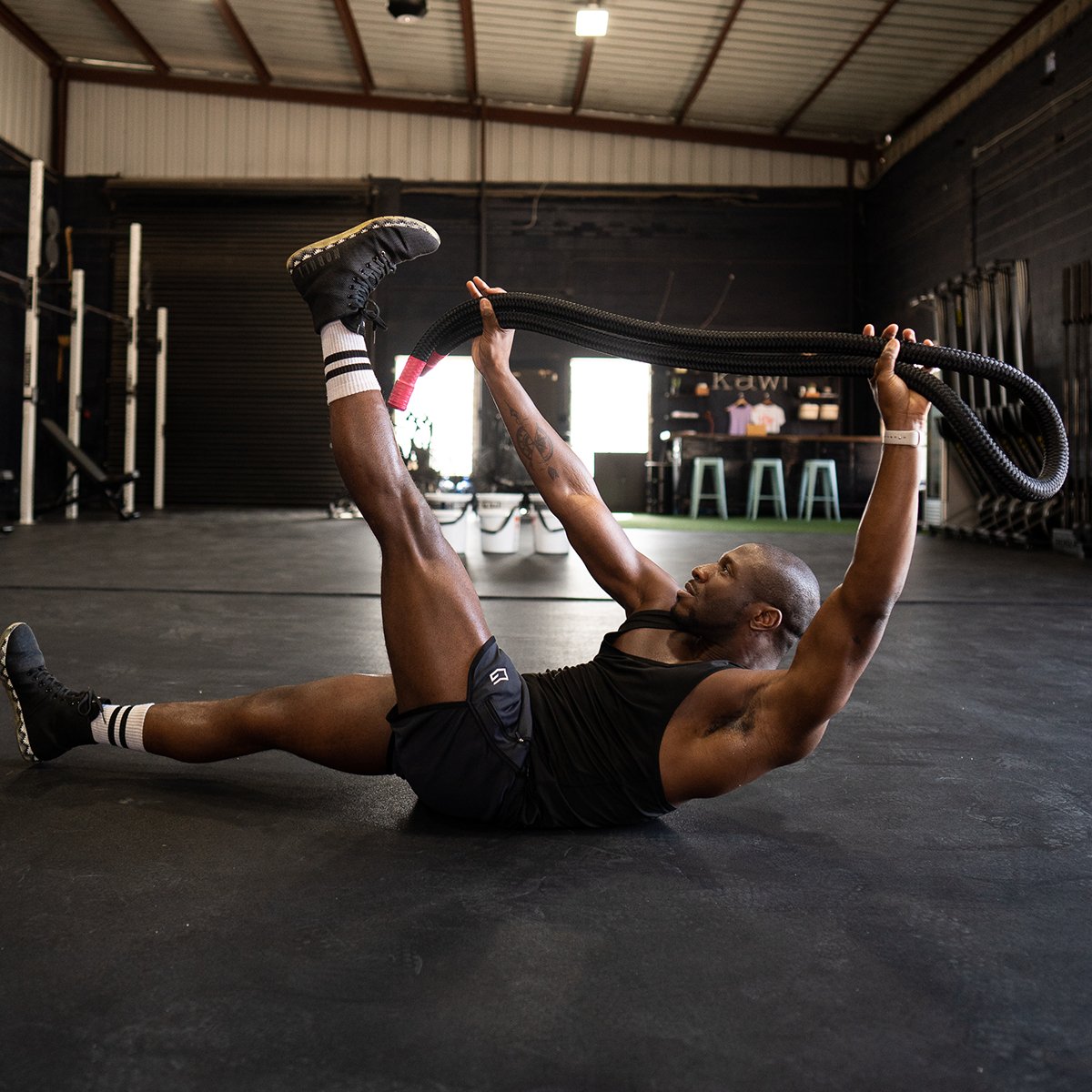Handled Sandbag training is excellent for both strength and conditioning and ideal for athletes of all abilities. Dynamic shifting sand and easy to adjust weights make sandbag training efficient and challenging. Let's explore the top benefits of Sandbag Training and then check out the top 12 moves for strength & power, conditioning & agility and core stability.
Functional Strength Development: Sandbags help build functional strength that is directly applicable to many sports. The shifting nature of the sand within the bag simulates real-life movements and scenarios, requiring athletes to engage multiple muscle groups and maintain balance and coordination.
Enhanced Core Stability: The unstable load of a sandbag forces the core muscles to work harder to stabilize the body during exercises. This increased demand on the core is beneficial for almost any sport, enhancing overall stability and performance.
Versatility: Sandbag training allows for a wide range of exercises that can be modified or scaled to suit specific athletic needs. Athletes can perform lifts, carries, throws, and many other movements that mimic the demands of their sports. The added benefit of the Hyperwear Sandbag System is that it uses filled SandBells as interior weight which can be removed and used individually.
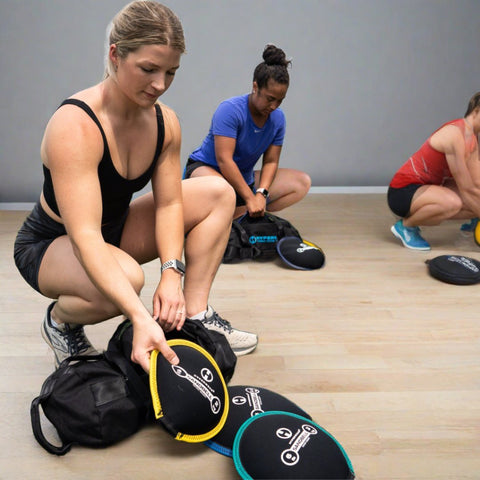
Improved Grip Strength: Handling a sandbag requires substantial grip strength due to its bulk and the nature of the material. Improved grip strength is beneficial for sports that involve catching, throwing, or holding, such as football, basketball, wrestling, and obstacle course racing. Grip strength is also an indicator of overall health and longevity, read more.
Injury Prevention and Rehabilitation: The functional movements used in sandbag training can help strengthen the muscles and joints in a way that mimics real-world activities and sports-specific movements. This can help prevent injuries by preparing the body for the dynamic actions seen in sports settings. Additionally, it can be used in rehabilitation scenarios to gently reintroduce load and movement after injury. SandBells and Sandbags are safe to drop and are even safe for kids or older populations.
Conditioning and Endurance: Sandbag workouts can be structured to not only improve strength but also cardiovascular fitness. This makes them ideal for sports that require both strength and endurance, such as soccer, basketball, rugby, and mixed martial arts.
Mental Toughness: The physical challenge of manipulating an awkward and unbalanced load like a sandbag can also build mental toughness, teaching athletes to push through physical discomfort and fatigue, a valuable trait in competitive environments.
The following 12 moves target various muscle groups and includes a mix of compound movements, cardiovascular elements, and core exercises.
You can adjust the intensity by modifying the weight of the sandbag easily by adding or removing SandBells.
Circuit 1: Strength and Power
- Sandbag Squats
- Stand with feet shoulder-width apart, holding the sandbag by the side handles at chest level. Squat down while keeping your back straight and chest up.
- Sandbag Cleans
- Start with the sandbag on the ground. Squat down to grab it with both hands, then explosively lift it to your chest as you stand up, flipping the bag up and catching it at chest level.
- Sandbag Overhead Press
- Hold the sandbag at chest level, press it overhead until your arms are fully extended, then lower back to the starting position.
- Sandbag Good Morning
- Hold the sandbag at chest level and hinge forward keeping your back straight and engaging the core. Engage the glutes and stand up straight to starting position.
Circuit 2: Conditioning and Agility
- Sandbag Shouldering
- Lift the sandbag from the ground to one shoulder, alternate shoulders with each rep.
- Sandbag Burpee Slams
- Perform a burpee with your hands on the sandbag. After the push-up phase, lift and slam the sandbag down as you jump up.
- Sandbag Toe Touches
- Place the sandbag vertically. Quickly alternate touching the top of the sandbag with each foot, like a fast step-up.
- Sandbag Lateral Hops
- Place the sandbag vertically. Alternate lateral hops over the bag taking care to lift the feet and strengthening calf, ankle and foot muscles.
Circuit 3: Core Stability
- Sandbag Russian Twists
- Sit on the ground with knees bent, feet lifted slightly. Twist your torso from side to side, moving the sandbag across each side of your hips.
- Sandbag Sit-Ups
- Lie on your back, legs bent, holding the sandbag on your chest. Perform a sit-up, keeping the sandbag close to your chest or reach up with the Sandbag for more intensity.
- Sandbag Plank Drag
- Get into a high plank position with the sandbag on one side. Reach under your torso with one hand to drag the sandbag to the other side. Alternate hands each rep.
- Sandbag Oblique Crunch
- Sit on the ground and tuck toes into horizontal handles. Slowly lean back and to one side until the elbow almost touches the ground alternating sides and engaging oblique muscles.
The benefits of Sandbag training are numerous as it is a versatile and effective method for enhancing athletic performance, providing both physical and mental advantages that are applicable across a wide spectrum of sports.


